- Filter By:
-
-
Stock photos and images of username:fpalaticky

Purple vase sponges in coral reef landscape
Stock PhotoUsername
fpalatickyResolution
5472x3648pxPurple vase sponges in coral reef landscape
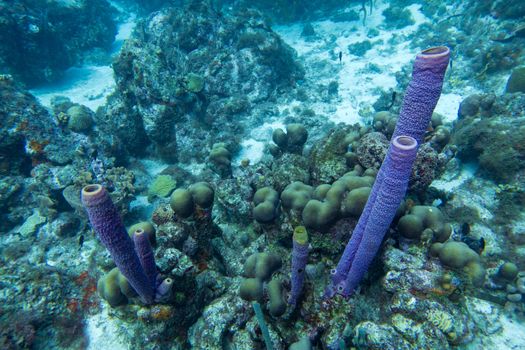
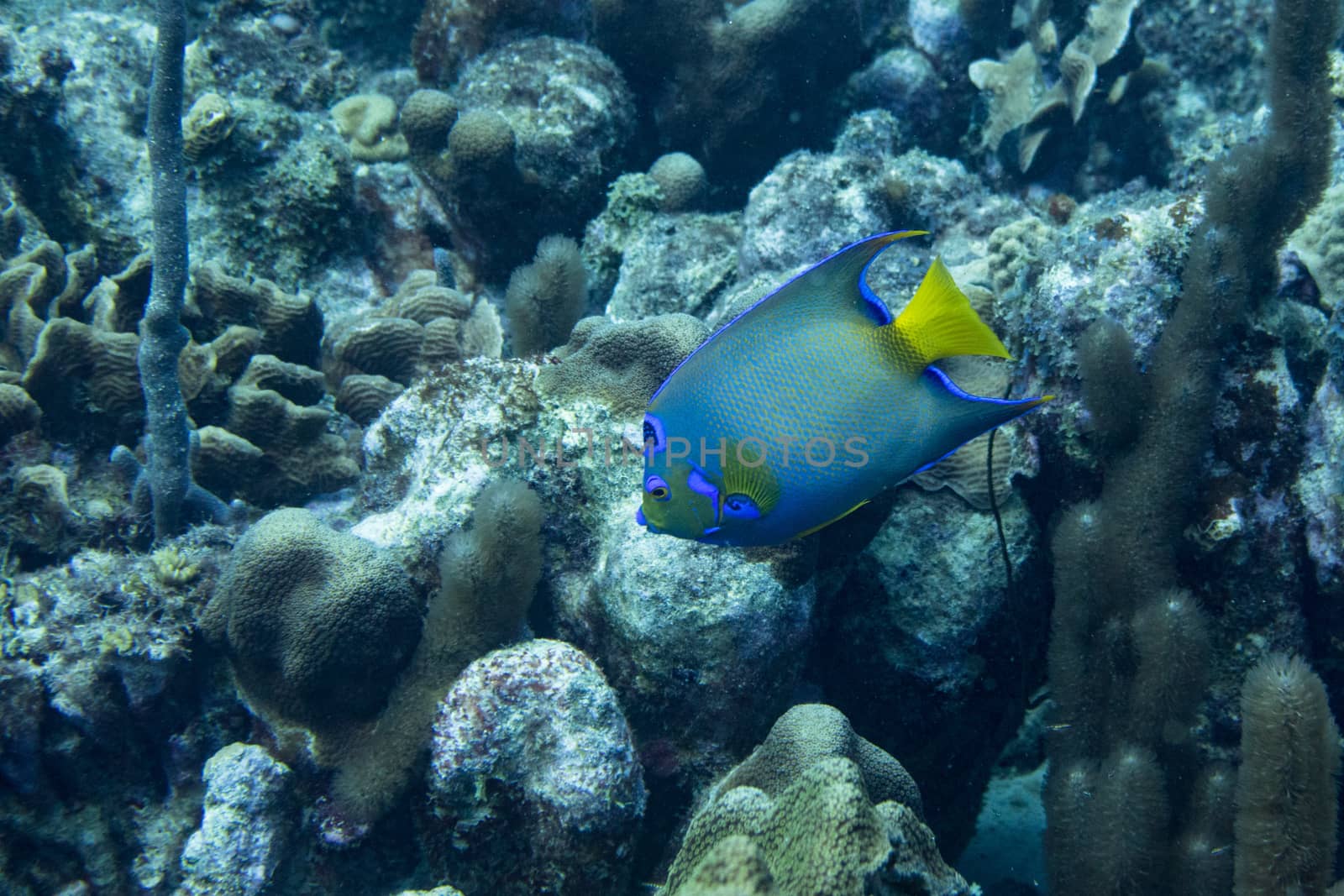
Queen angel fish in coral reef
Stock PhotoUsername
fpalatickyResolution
4346x2897pxQueen angel fish in coral reef

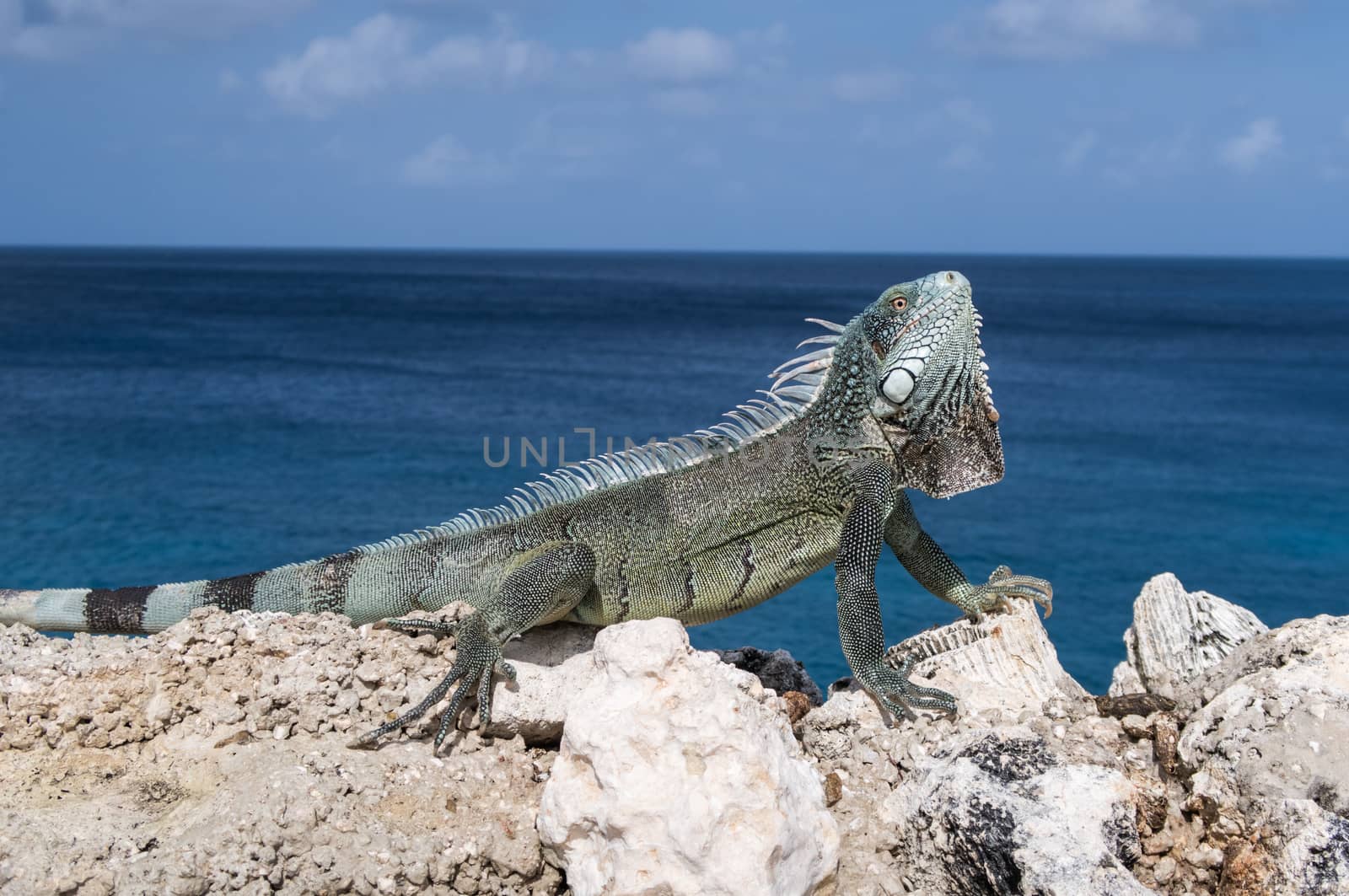
Iguana head up and sea horizon on background
Stock PhotoUsername
fpalatickyResolution
5123x3405pxIguana head up and sea horizon on background


Ice skater on ice rink of Ottawa
Stock PhotoUsername
fpalatickyResolution
5472x3648pxIce skater on ice rink of Ottawa

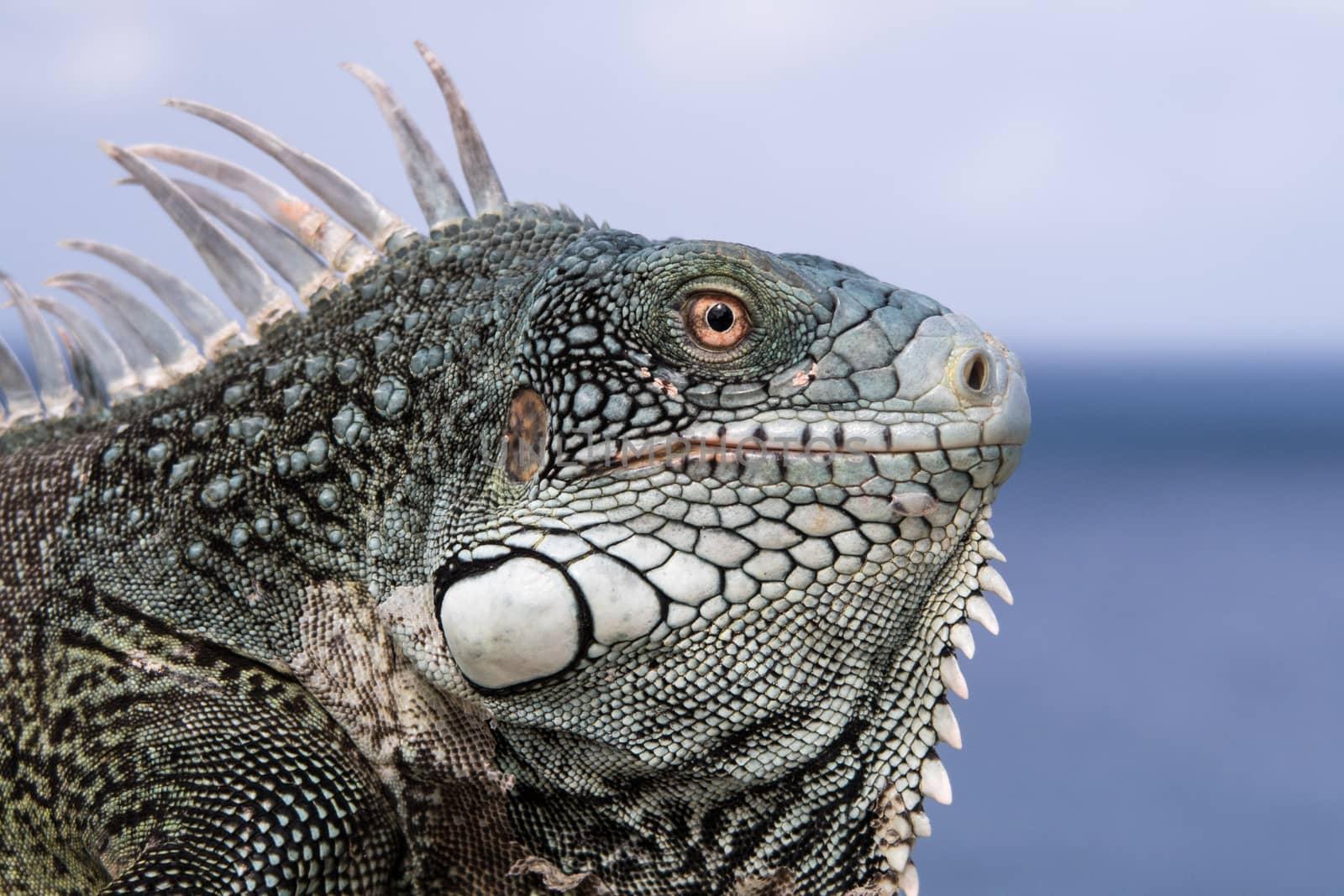
Close up of iguana face spine and scale details
Stock PhotoUsername
fpalatickyResolution
5472x3648pxClose up of iguana face spine and scale details


Pederson cleaner shrimp and its translucent symbiotic anemone
Stock PhotoUsername
fpalatickyResolution
5472x3648pxPederson cleaner shrimp and its translucent symbiotic anemone
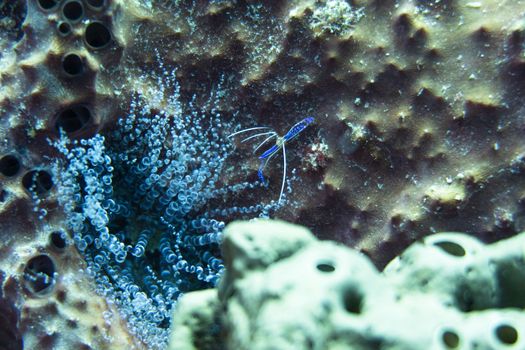
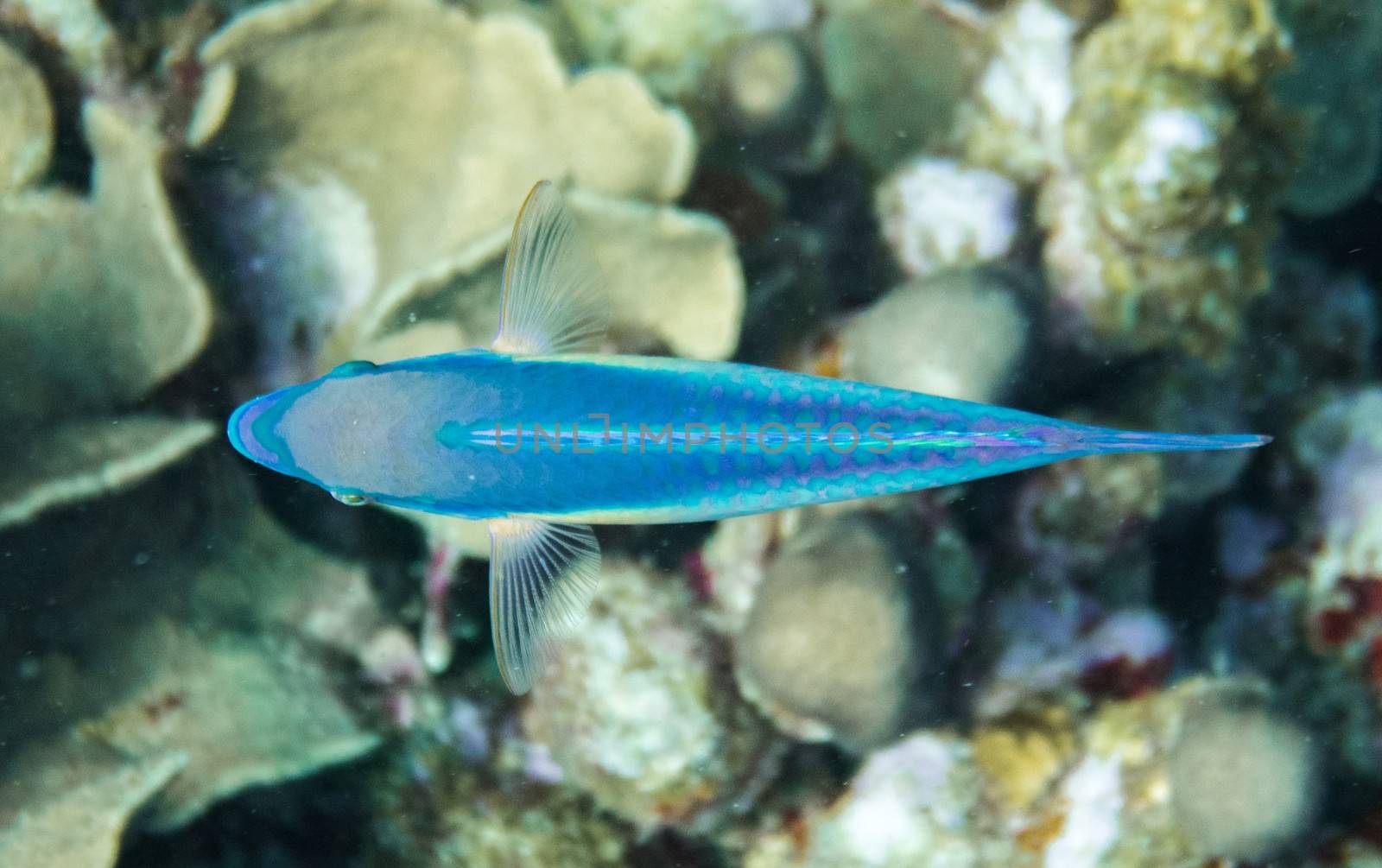
Symetrical parrot fish and translucent fins from top
Stock PhotoUsername
fpalatickyResolution
3719x2335pxSymetrical parrot fish and translucent fins from top

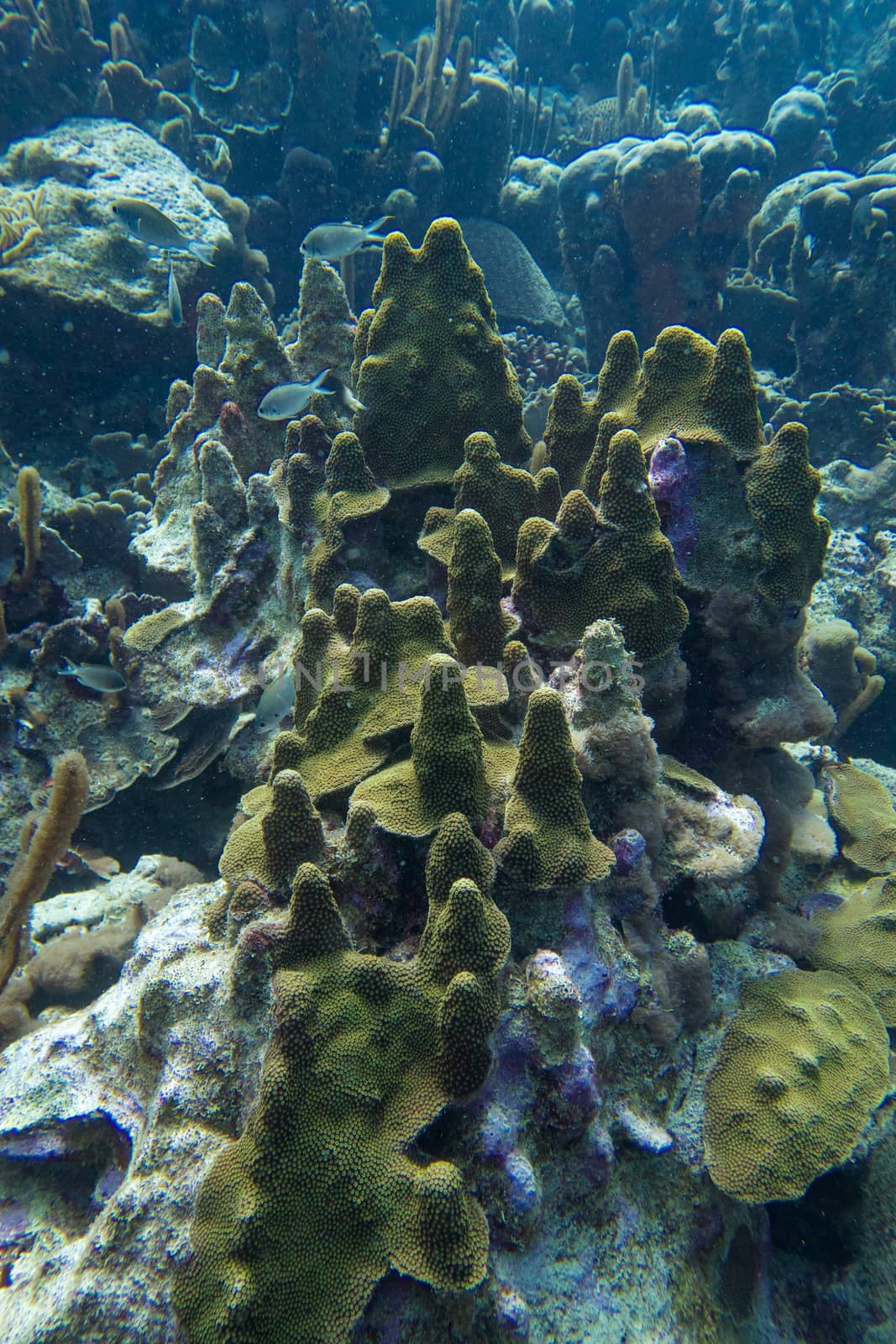
Mushroom like coral reef
Stock PhotoUsername
fpalatickyResolution
3648x5472pxMushroom like coral reef


Montreal skyline view from belvedere
Stock PhotoUsername
fpalatickyResolution
5463x3642pxMontreal skyline view from belvedere

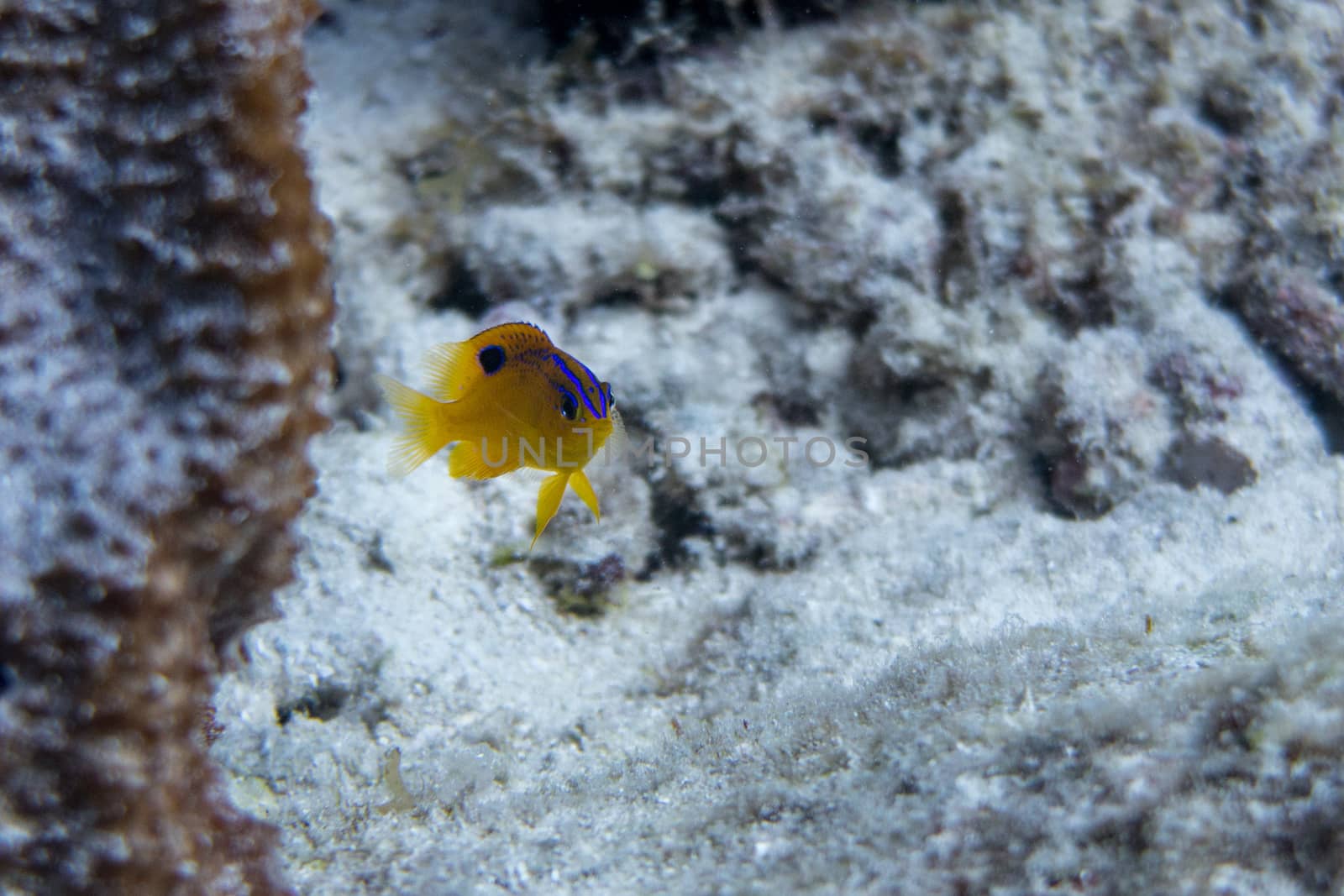
Juvenile Damesel fish defending its territory
Stock PhotoUsername
fpalatickyResolution
3668x2445pxJuvenile Damesel fish defending its territory


Creole wrasse school blue fish cruising in coral reef
Stock PhotoUsername
fpalatickyResolution
5472x3648pxCreole wrasse school blue fish cruising in coral reef
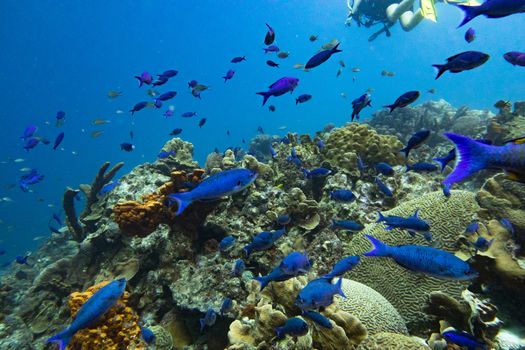
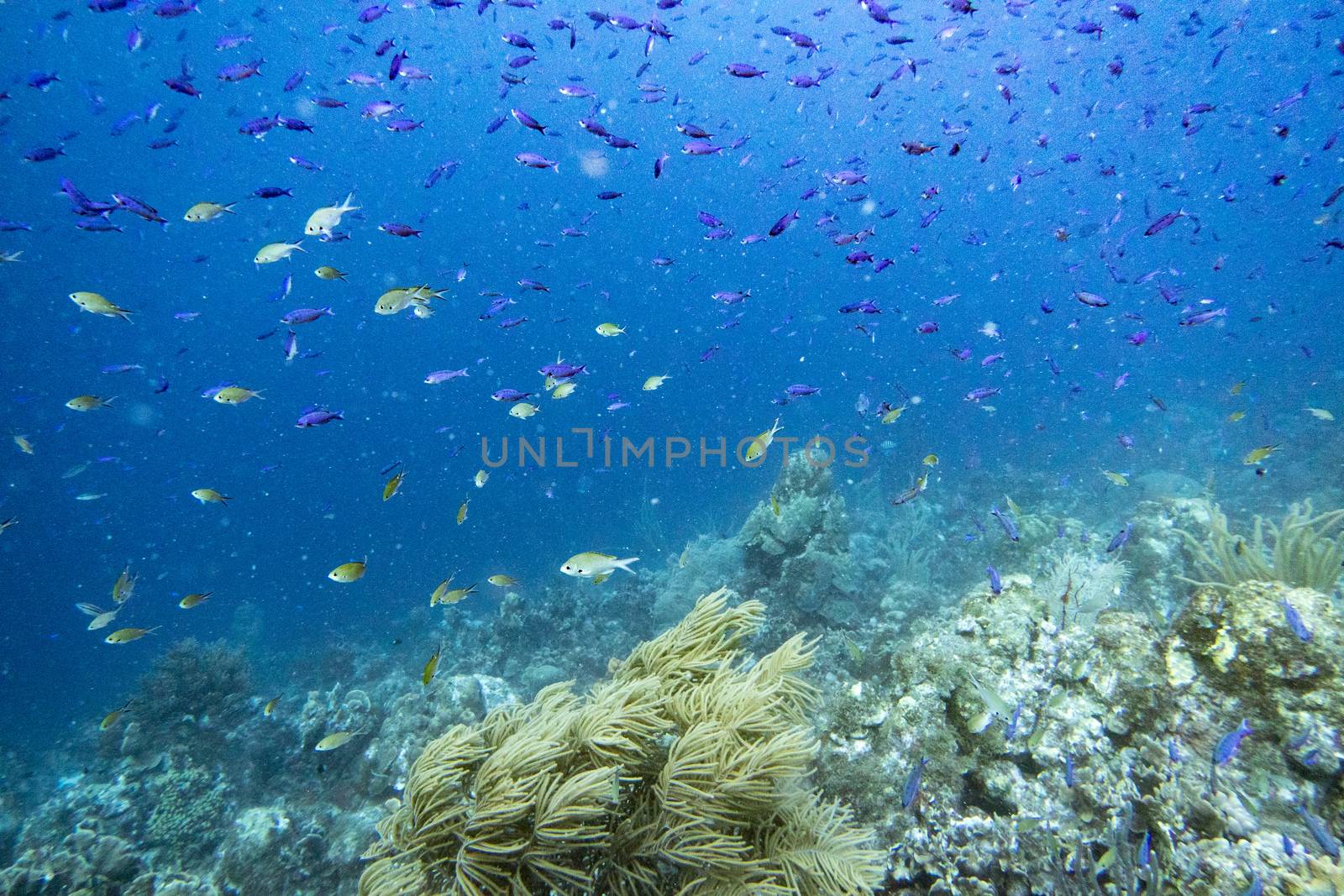
Coral reef filled with creole wrasse blue fish school
Stock PhotoUsername
fpalatickyResolution
5472x3648pxCoral reef filled with creole wrasse blue fish school


Turtle in deep blue sea
Stock PhotoUsername
fpalatickyResolution
5472x3648pxTurtle in deep blue sea
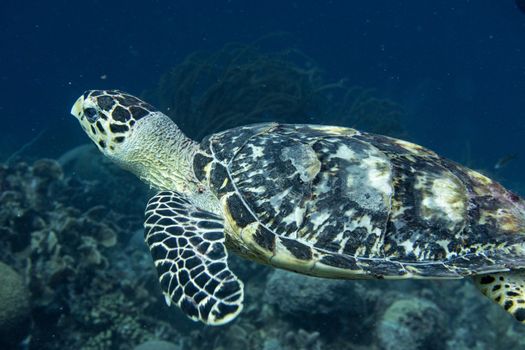
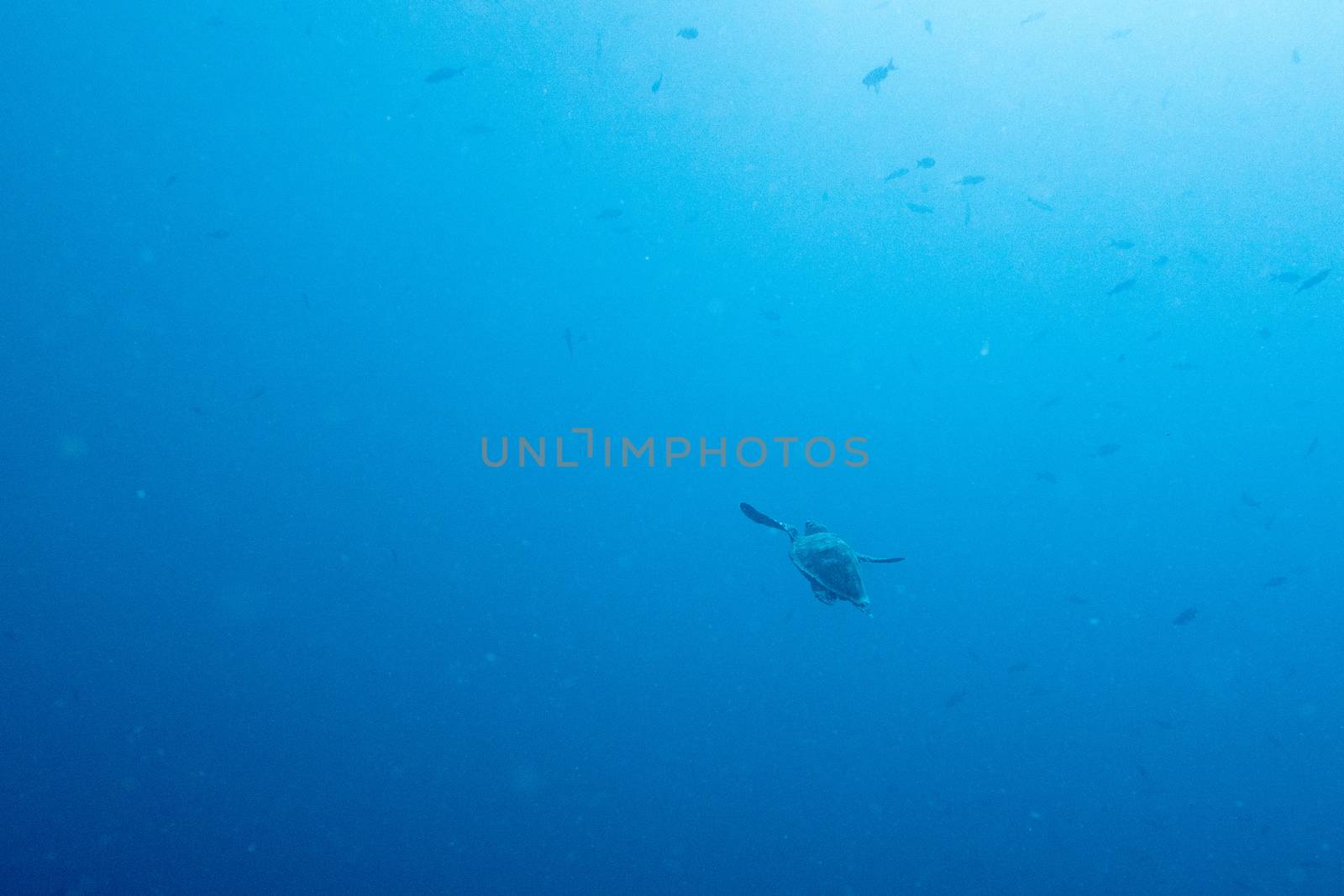
Turtle swimming away in the open ocean
Stock PhotoUsername
fpalatickyResolution
4228x2819pxTurtle swimming away in the open ocean


Green moray open its mouth to breath and looks straight at camera
Stock PhotoUsername
fpalatickyResolution
5472x3648pxGreen moray open its mouth to breath and looks straight at camera
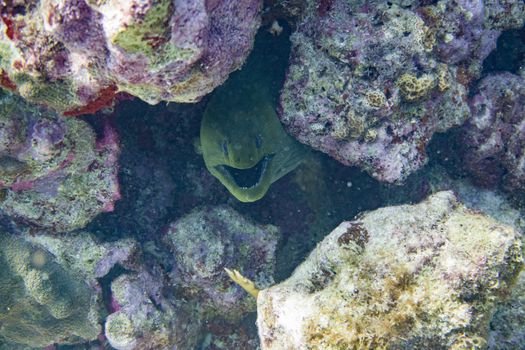
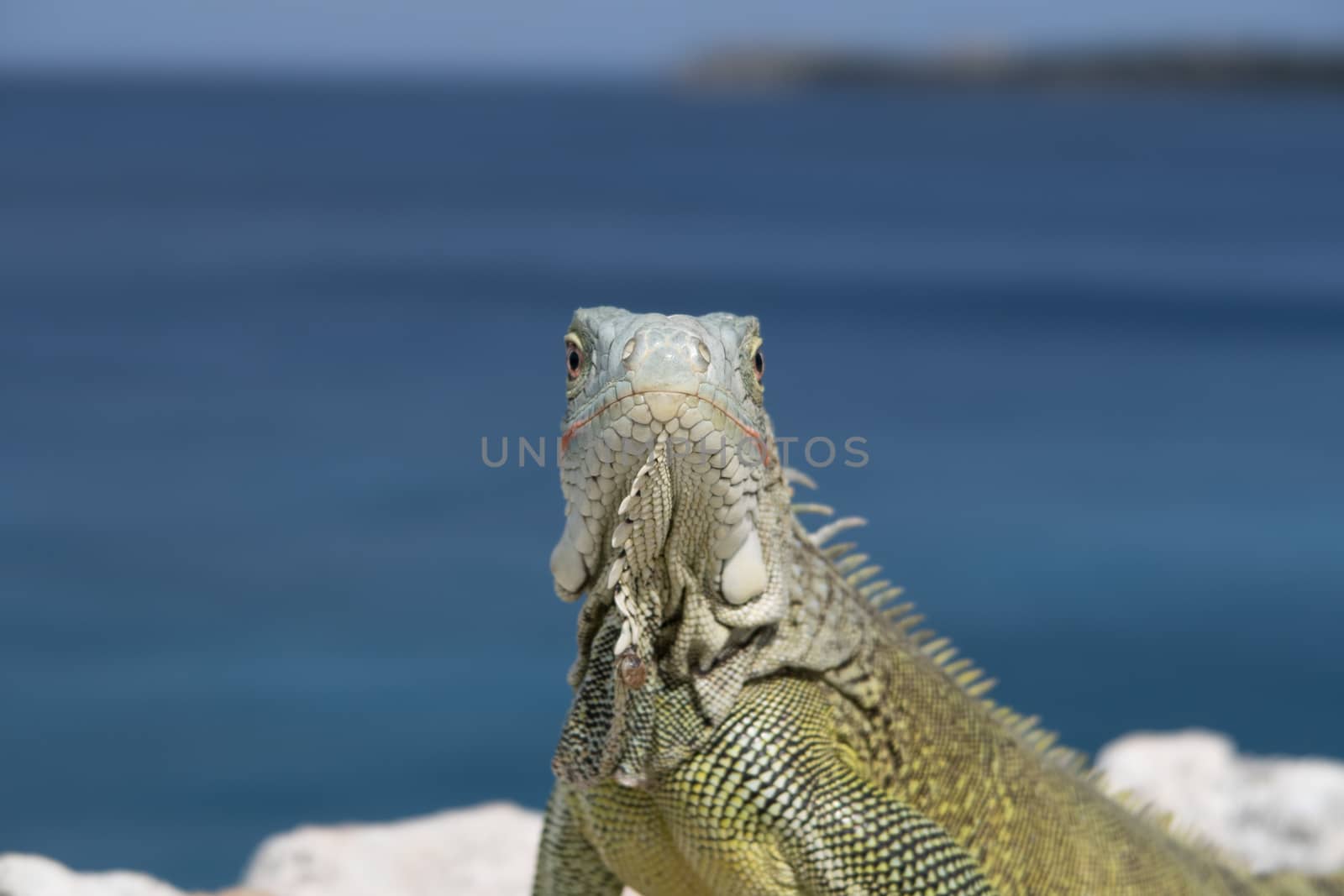
Green iguana looking at camera you
Stock PhotoUsername
fpalatickyResolution
5472x3648pxGreen iguana looking at camera you

![The Goldspotted eel (Myrichthys ocellatus, also known as the Goldspotted snake eel or the Dark-spotted snake eel[2]) is an eel in the family Ophichthidae (worm/snake eels).It is a marine, tropical eel which is known from the western and eastern Atlantic Ocean, including Bermuda, southern Florida, USA; the Bahamas, Santa Catarina, and Brazil.[3] It dwells at a maximum depth of 15 metres (49 ft), and inhabits rocky and coral reefs. Males can reach a maximum total length of 110 centimetres (3.6 ft).](https://thumbnails.unlimphotos.com/1600/b/a82/ba8262a.jpg)
Golden eel camouflaged in sand underwater
Stock PhotoUsername
fpalatickyResolution
3761x2507pxGolden eel camouflaged in sand underwater
![The Goldspotted eel (Myrichthys ocellatus, also known as the Goldspotted snake eel or the Dark-spotted snake eel[2]) is an eel in the family Ophichthidae (worm/snake eels).It is a marine, tropical eel which is known from the western and eastern Atlantic Ocean, including Bermuda, southern Florida, USA; the Bahamas, Santa Catarina, and Brazil.[3] It dwells at a maximum depth of 15 metres (49 ft), and inhabits rocky and coral reefs. Males can reach a maximum total length of 110 centimetres (3.6 ft).](https://thumbnails.unlimphotos.com/b/a82/ba8262a.jpg)

Brain coral close up texture
Stock PhotoUsername
fpalatickyResolution
4674x3648pxBrain coral close up texture
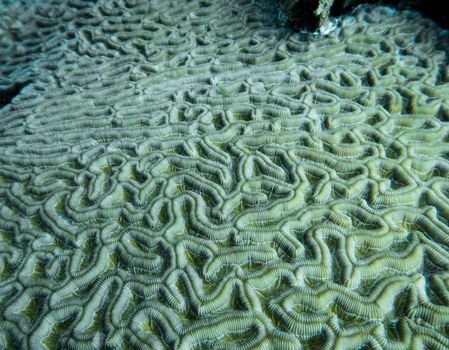
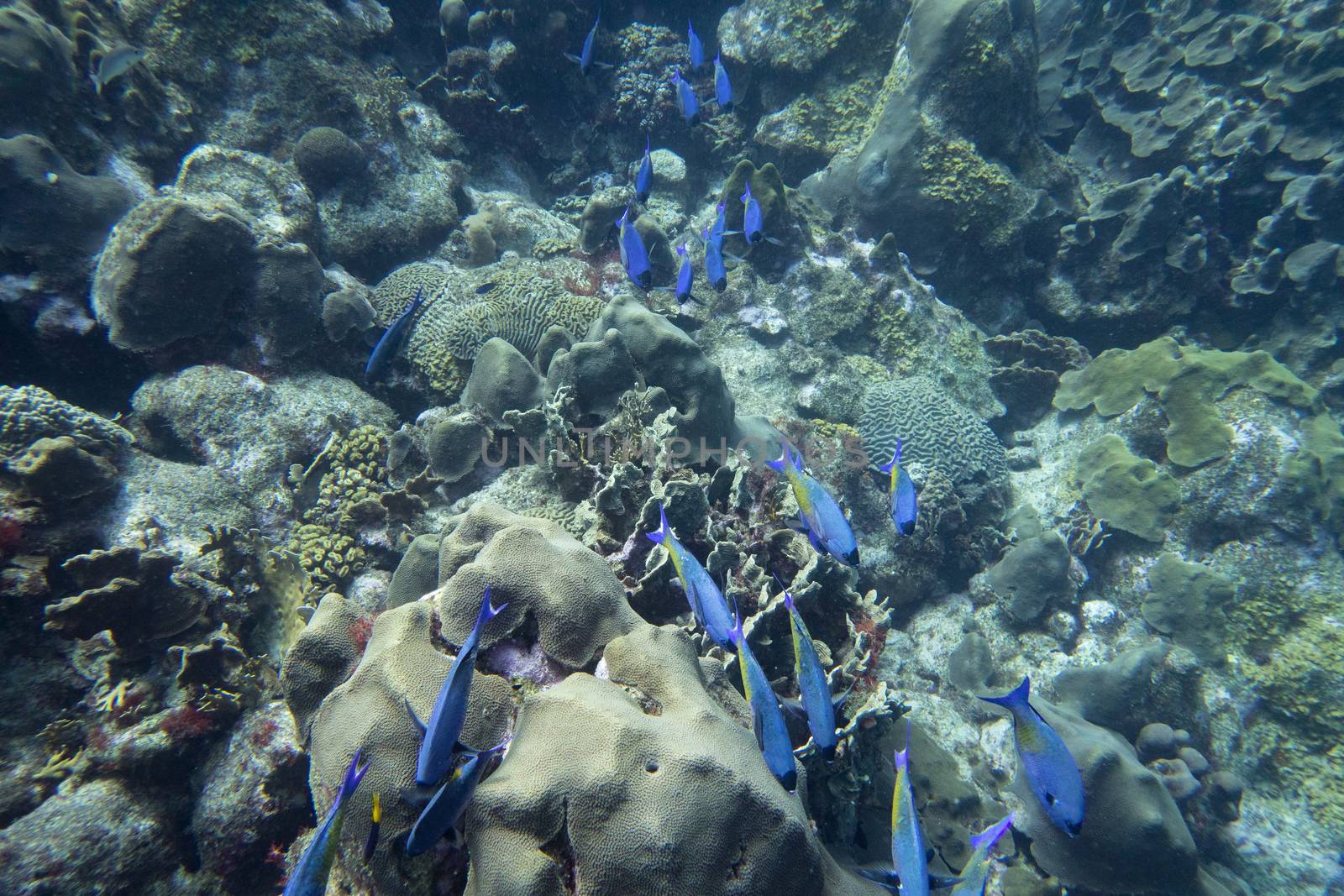
Creole wrass school fish rushing in coral reef
Stock PhotoUsername
fpalatickyResolution
5472x3648pxCreole wrass school fish rushing in coral reef

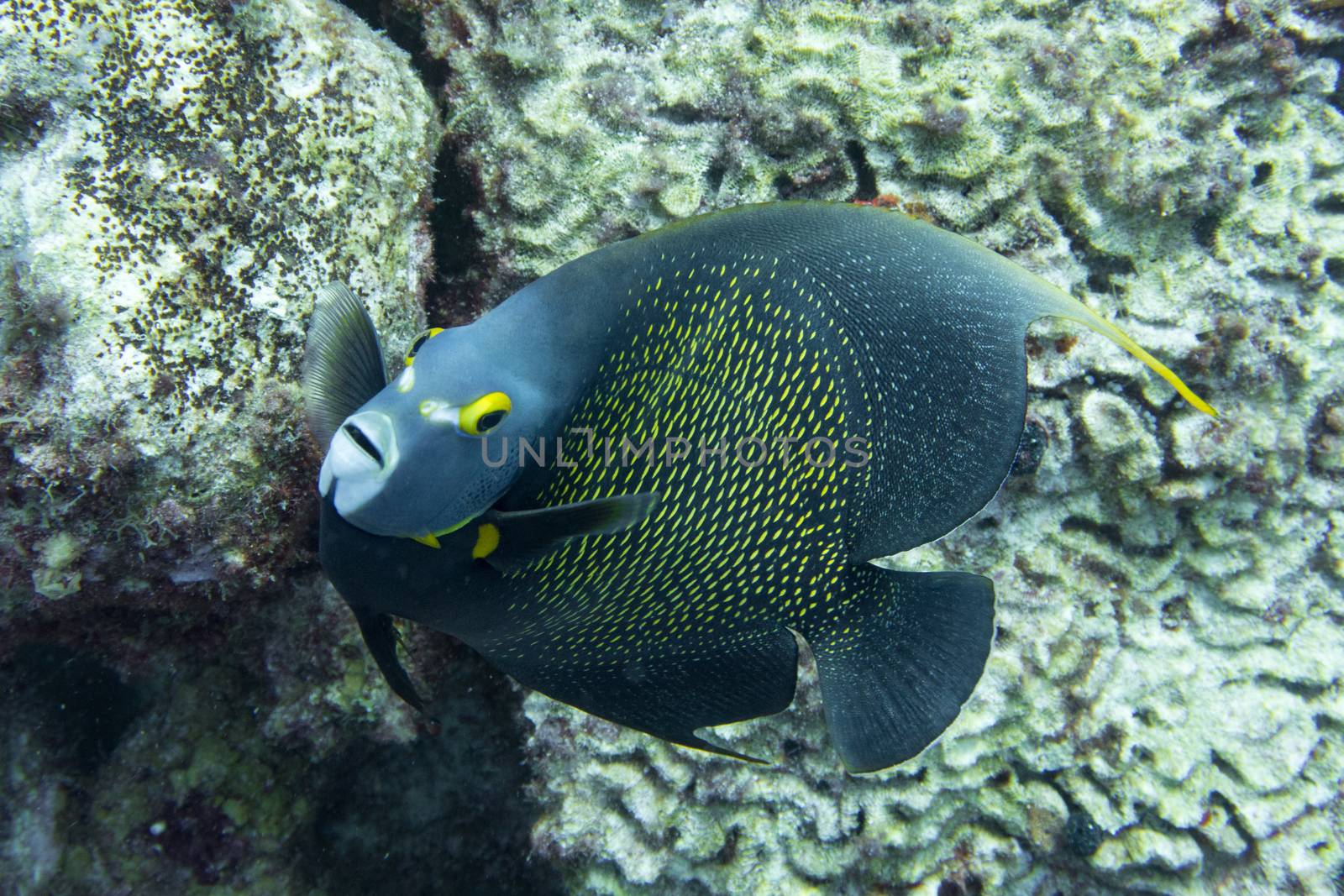
French angelfish looking at camera
Stock PhotoUsername
fpalatickyResolution
4860x3240pxFrench angelfish looking at camera

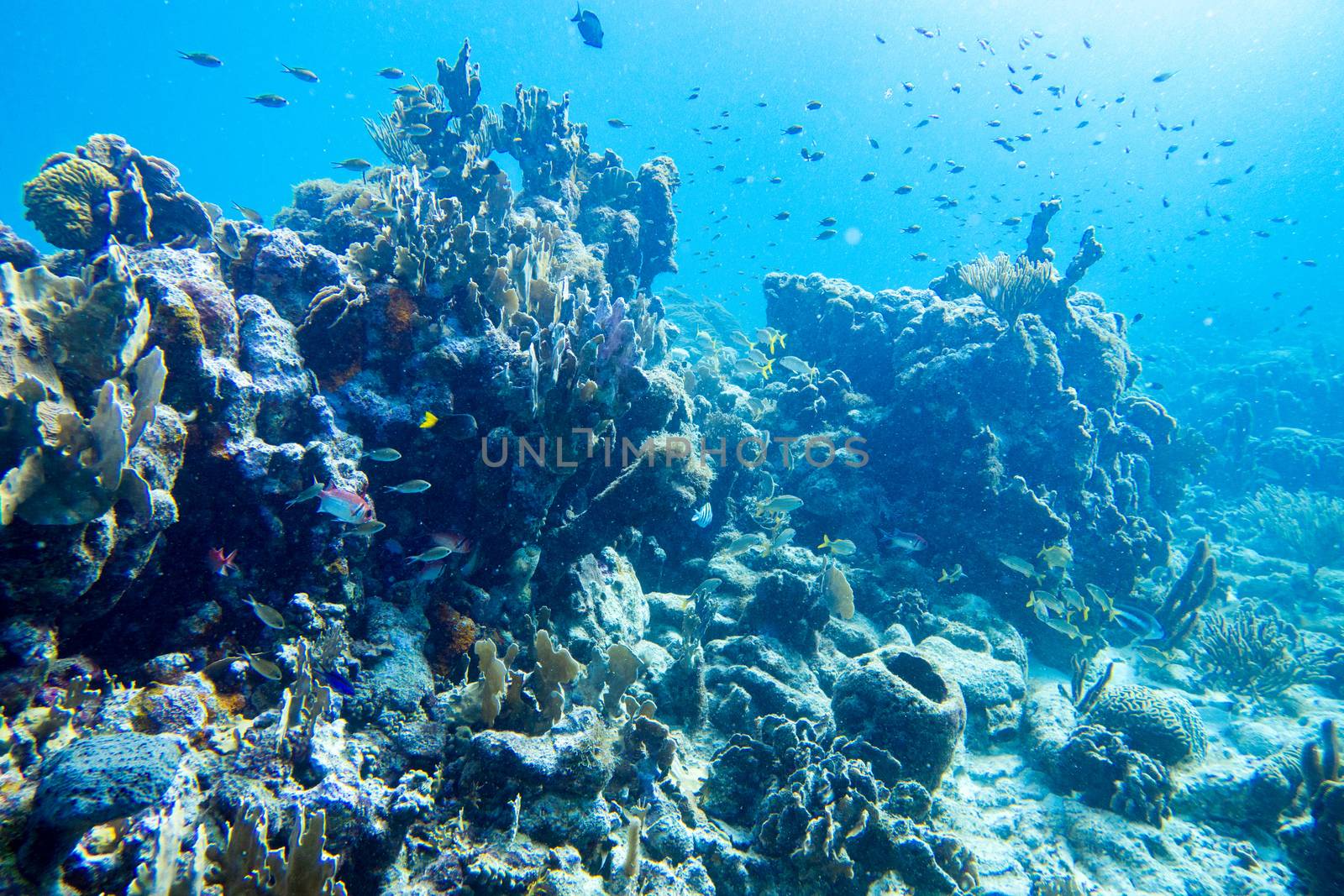
Underwater landscape of coral reef full of fish
Stock PhotoUsername
fpalatickyResolution
5472x3648pxUnderwater landscape of coral reef full of fish

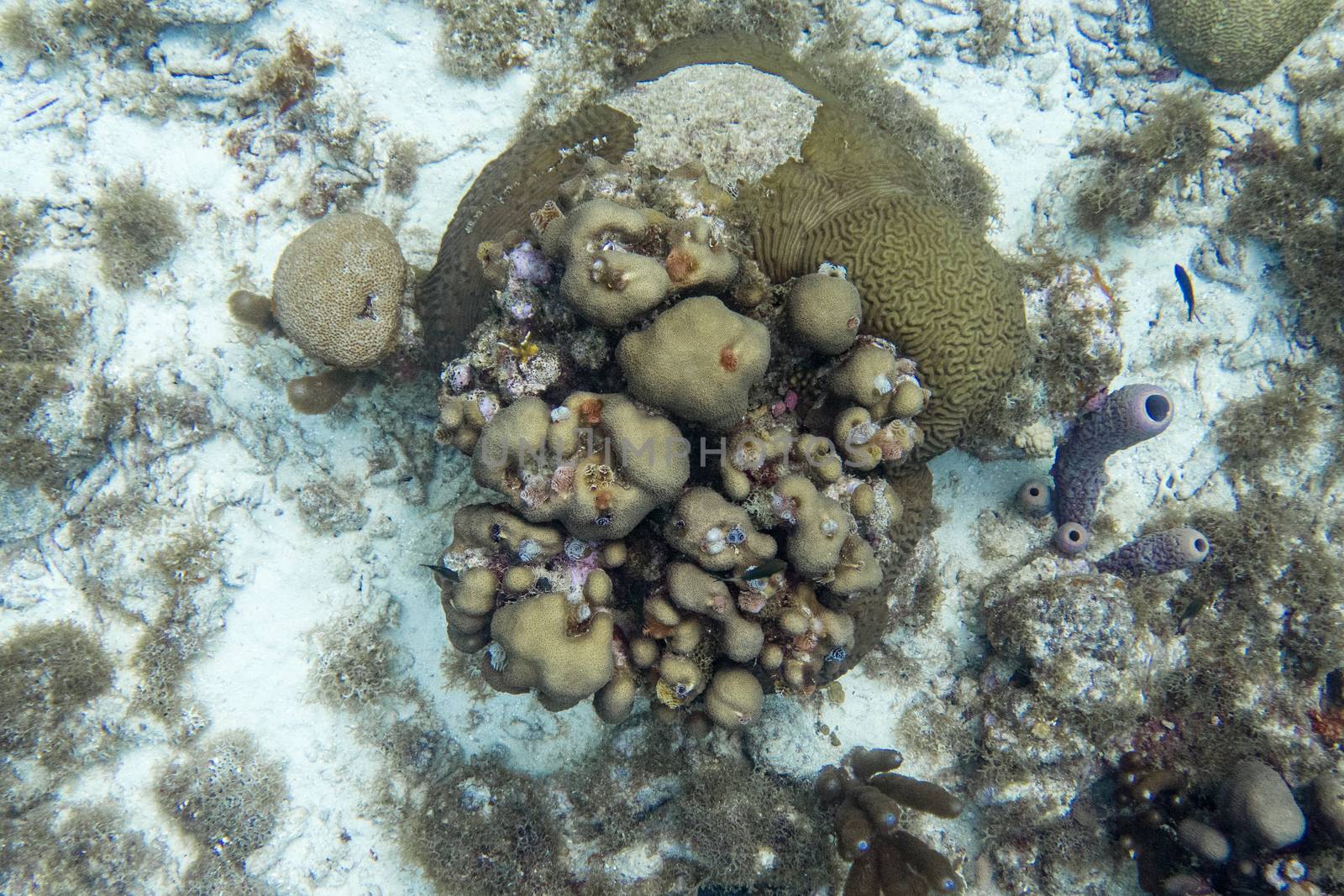
Coral, sponges and fish from top
Stock PhotoUsername
fpalatickyResolution
4396x2931pxCoral, sponges and fish from top

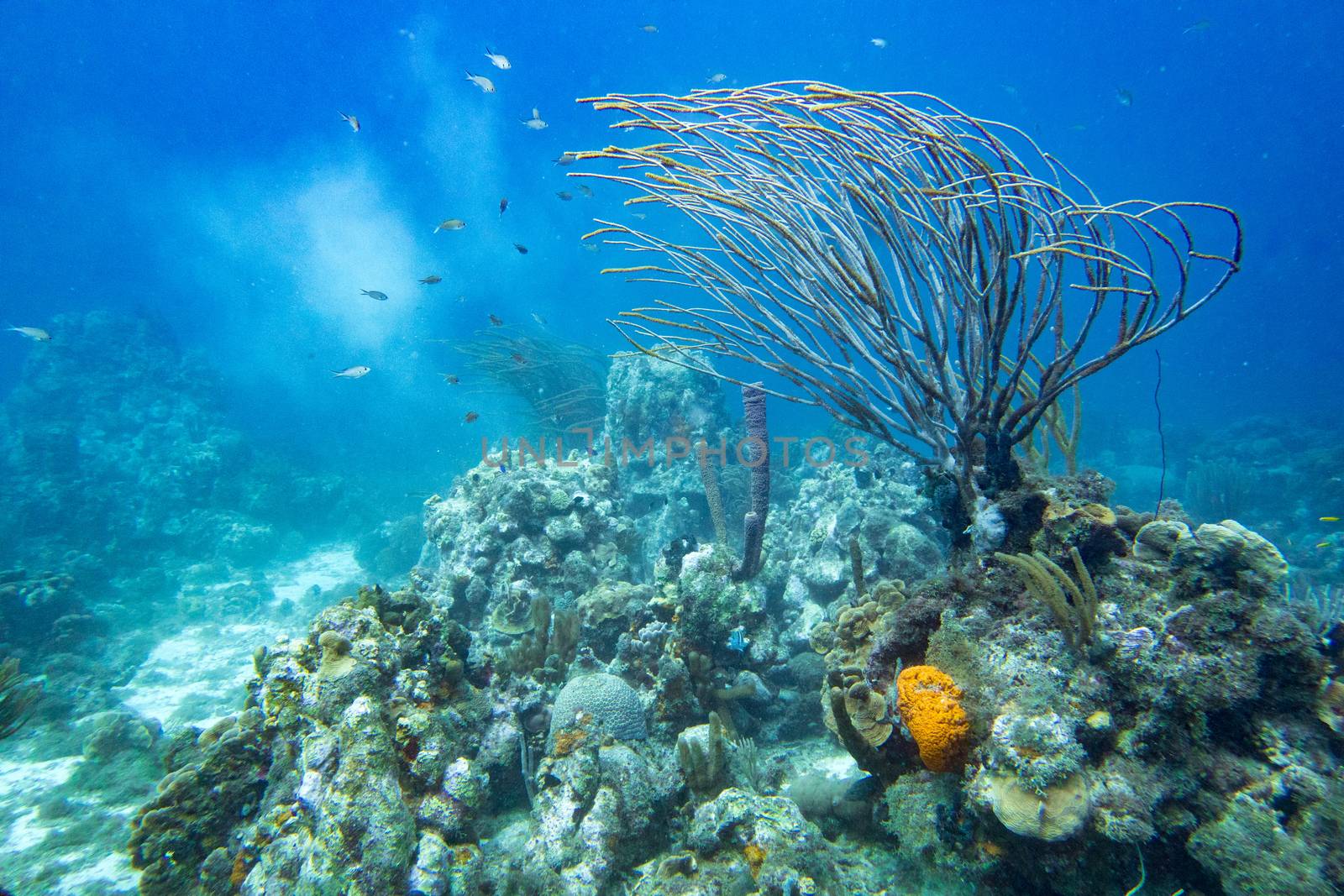
Coral reef underwater landscape seascape
Stock PhotoUsername
fpalatickyResolution
5472x3648pxCoral reef underwater landscape seascape

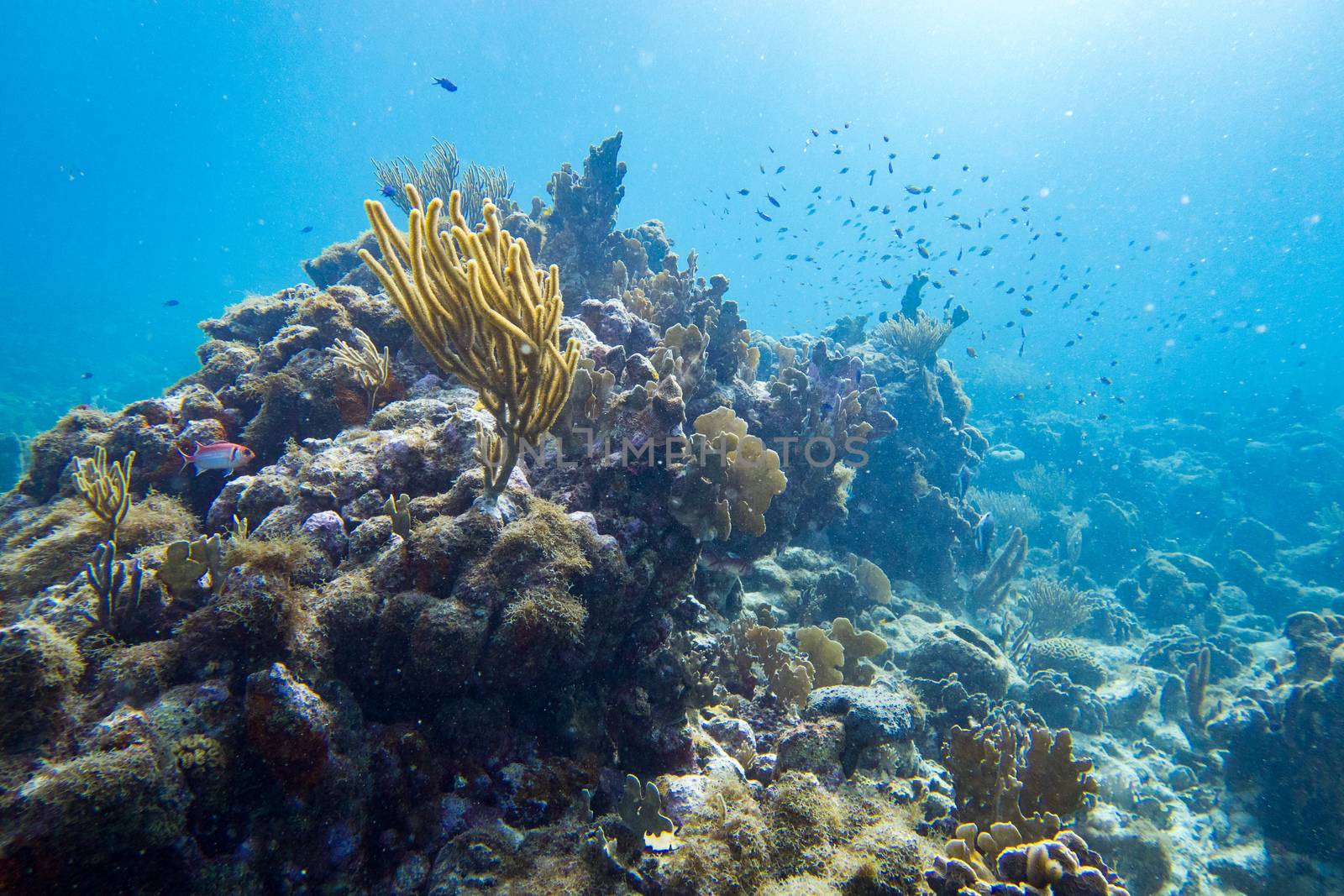
Coral reef landscape
Stock PhotoUsername
fpalatickyResolution
5472x3648pxCoral reef landscape

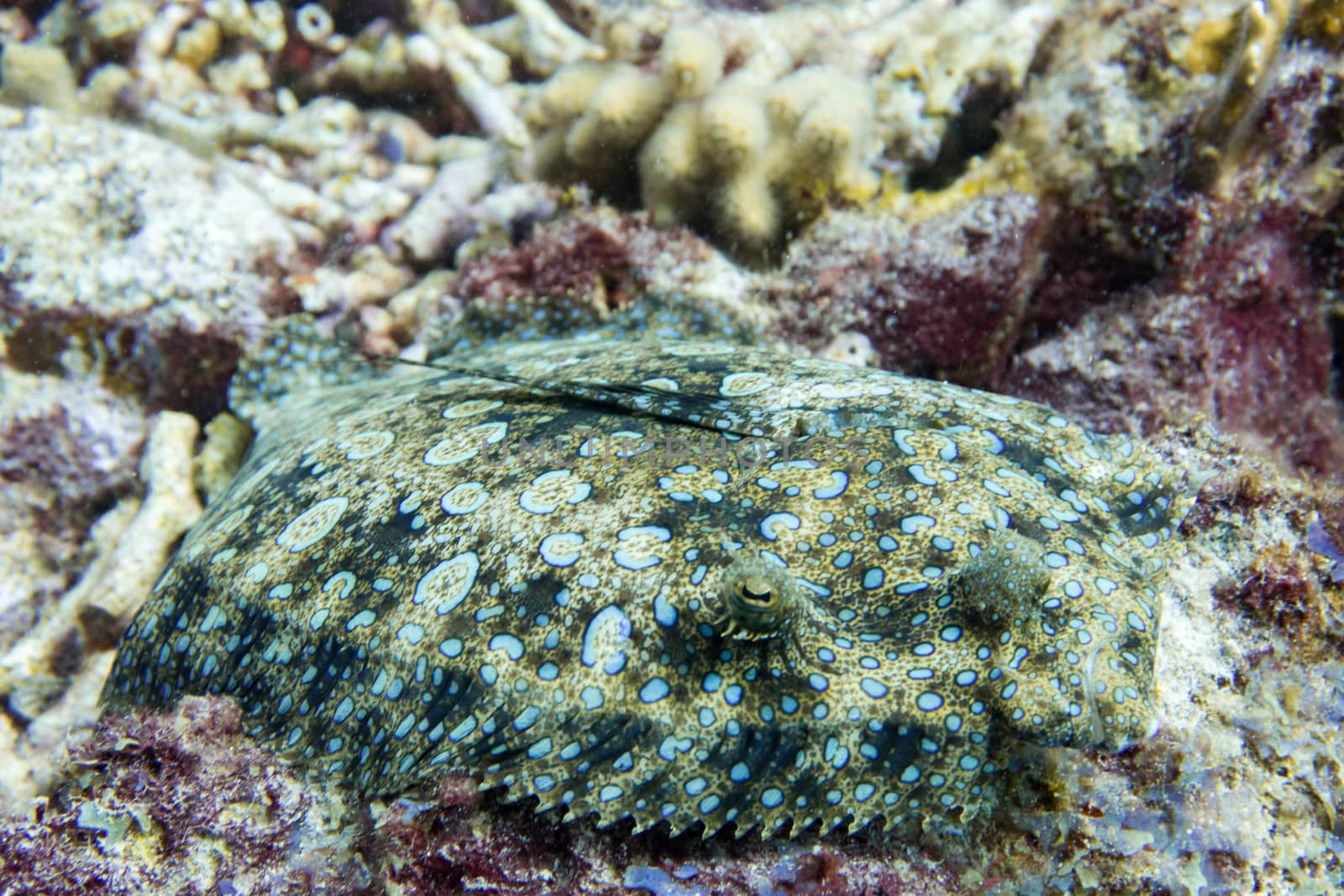
Peacock flounder fish camouflaged in coral reef
Stock PhotoUsername
fpalatickyResolution
5472x3648pxPeacock flounder fish camouflaged in coral reef


Closed bee hive section full of honey
Stock PhotoUsername
fpalatickyResolution
4608x2592pxClosed bee hive section full of honey
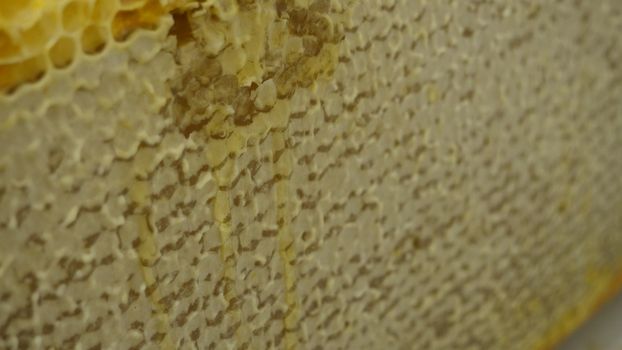

Ottawa parlement covered in snow
Stock PhotoUsername
fpalatickyResolution
4719x3062pxOttawa parlement covered in snow


Bossy iguana showing off on rocks
Stock PhotoUsername
fpalatickyResolution
5472x3648pxBossy iguana showing off on rocks
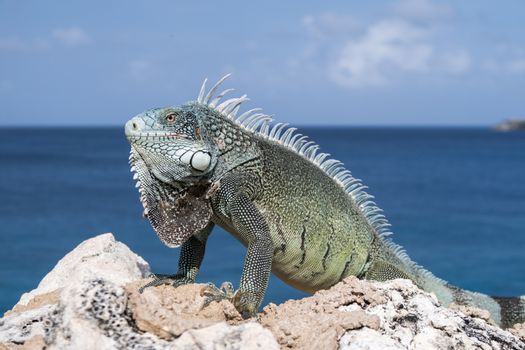
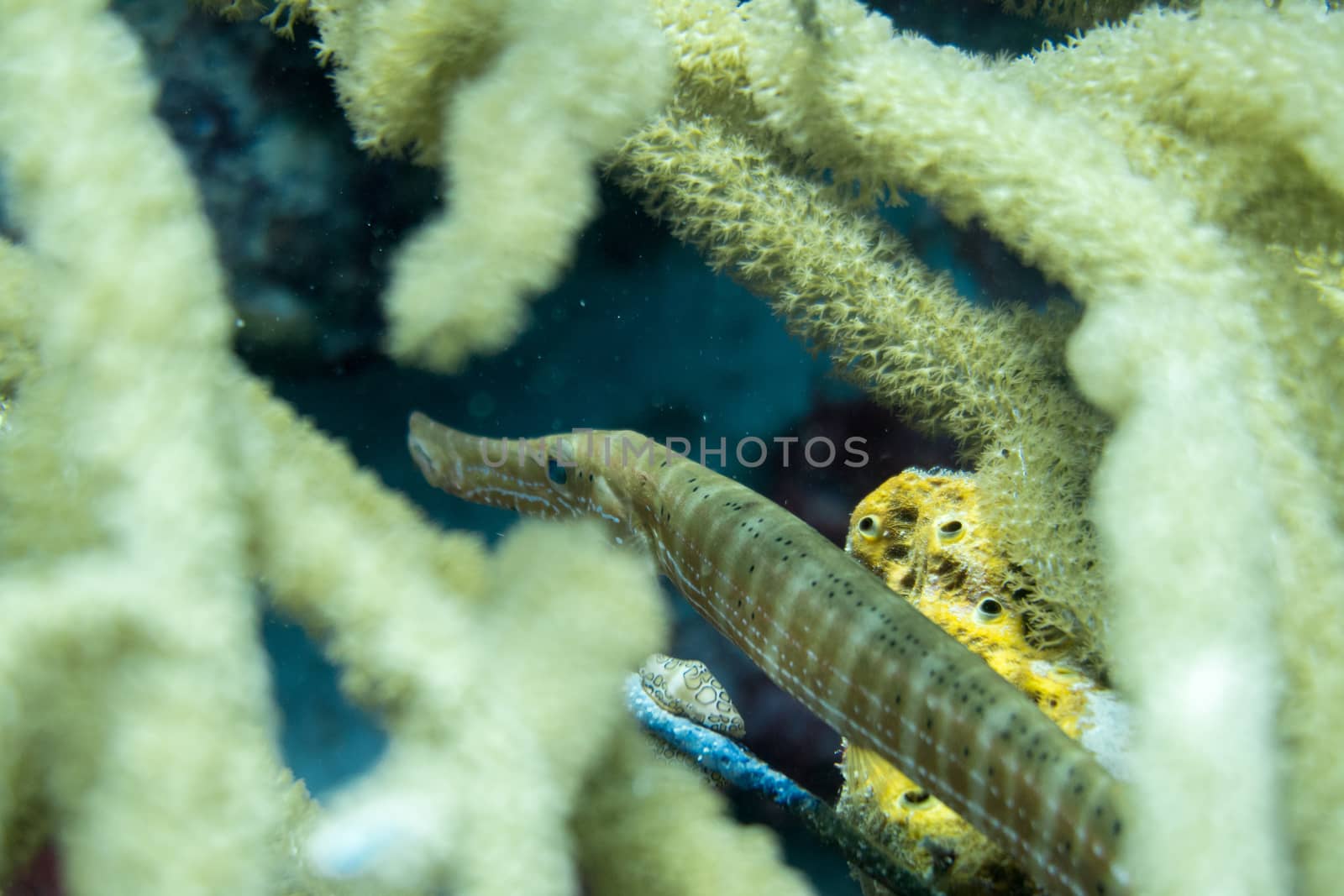
Trumpet fish hiding in coral reef
Stock PhotoUsername
fpalatickyResolution
5472x3648pxTrumpet fish hiding in coral reef

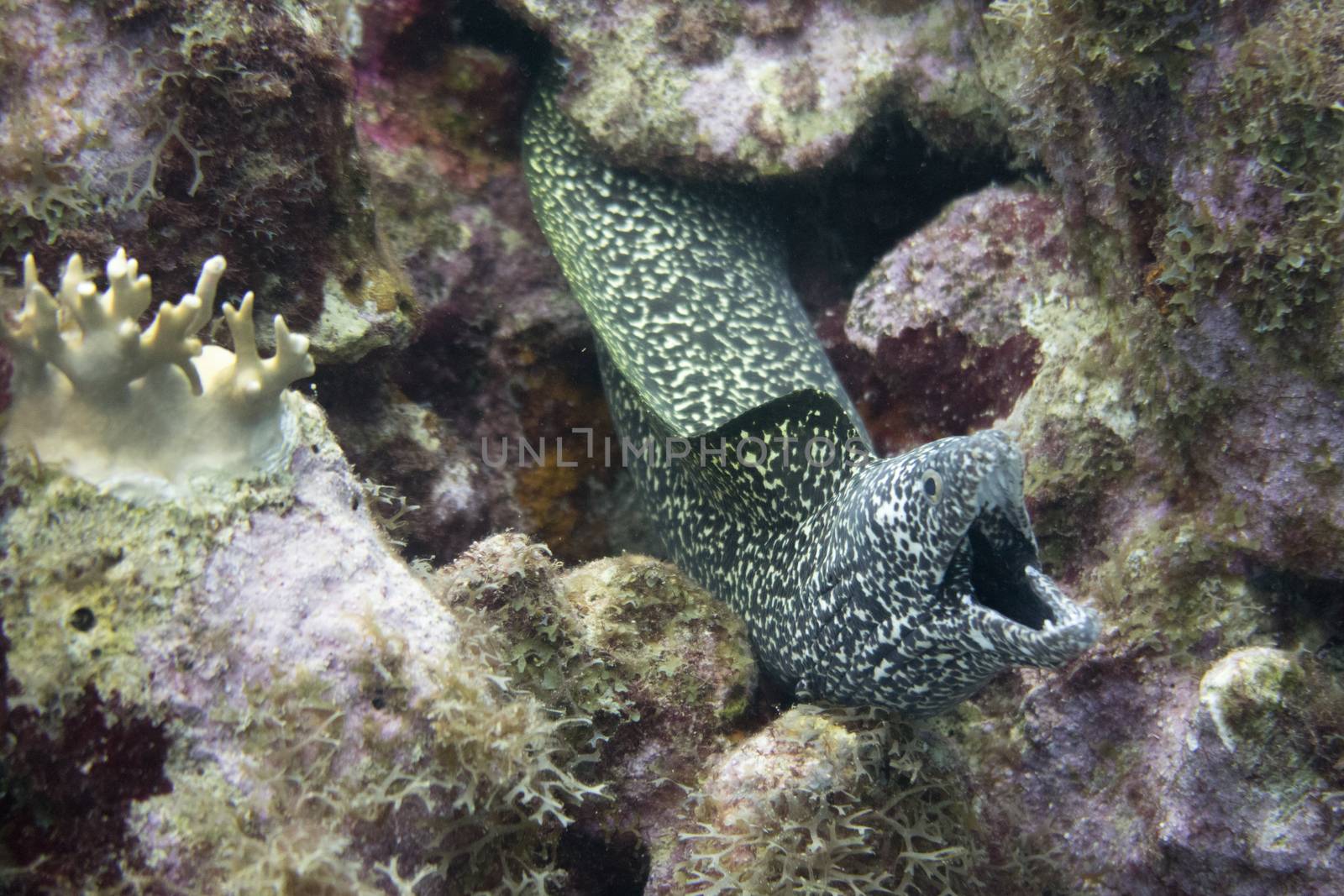
Spotted eel open mouth to breath
Stock PhotoUsername
fpalatickyResolution
5472x3648pxSpotted eel open mouth to breath

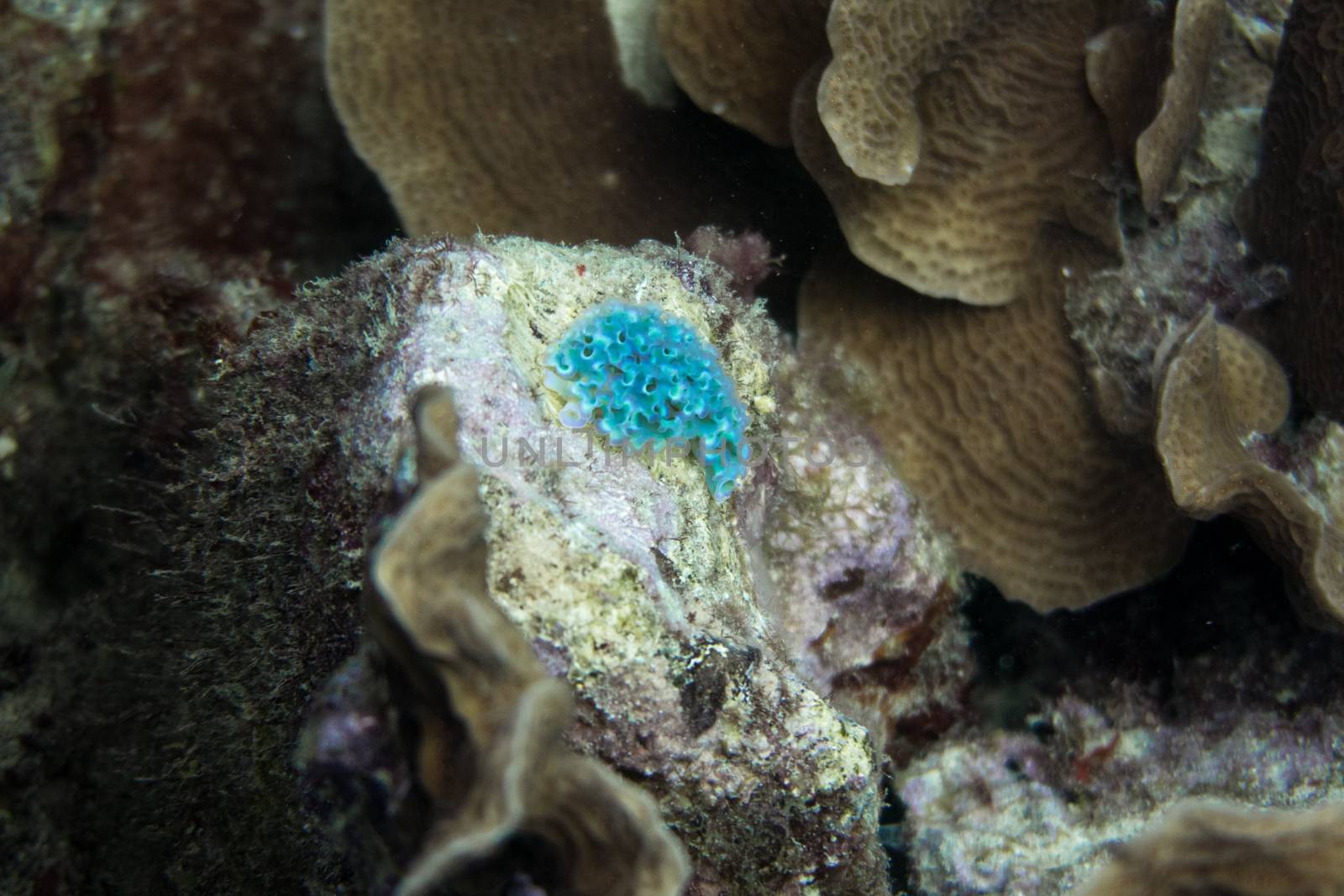
Blue nudibranch in coral reef
Stock PhotoUsername
fpalatickyResolution
5472x3648pxBlue nudibranch in coral reef


Night black and white of snow ball in Montreal Lafontaine Parc
Stock PhotoUsername
fpalatickyResolution
5472x3648pxNight black and white of snow ball in Montreal Lafontaine Parc


Barred Hamlet fish in coral reef
Stock PhotoUsername
fpalatickyResolution
4067x2711pxBarred Hamlet fish in coral reef
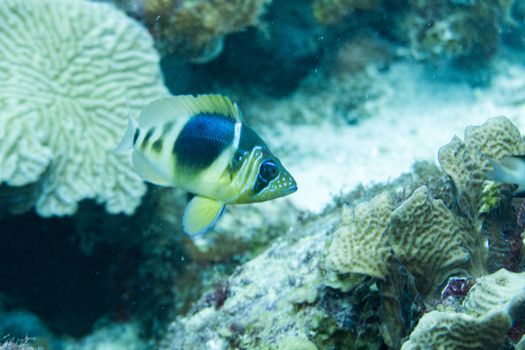
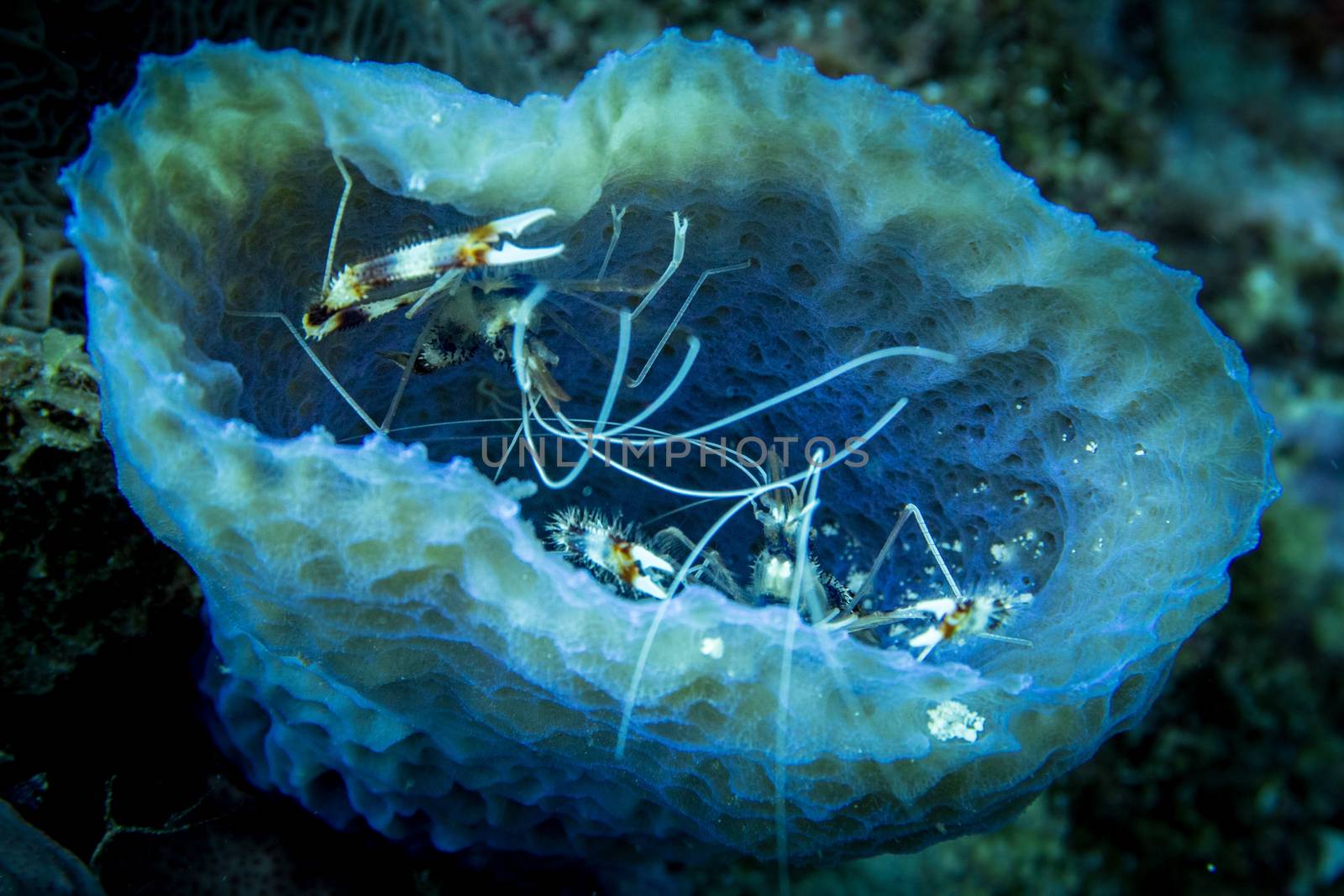
Banded coral shrimps in blue vase sponge
Stock PhotoUsername
fpalatickyResolution
4720x3147pxBanded coral shrimps in blue vase sponge

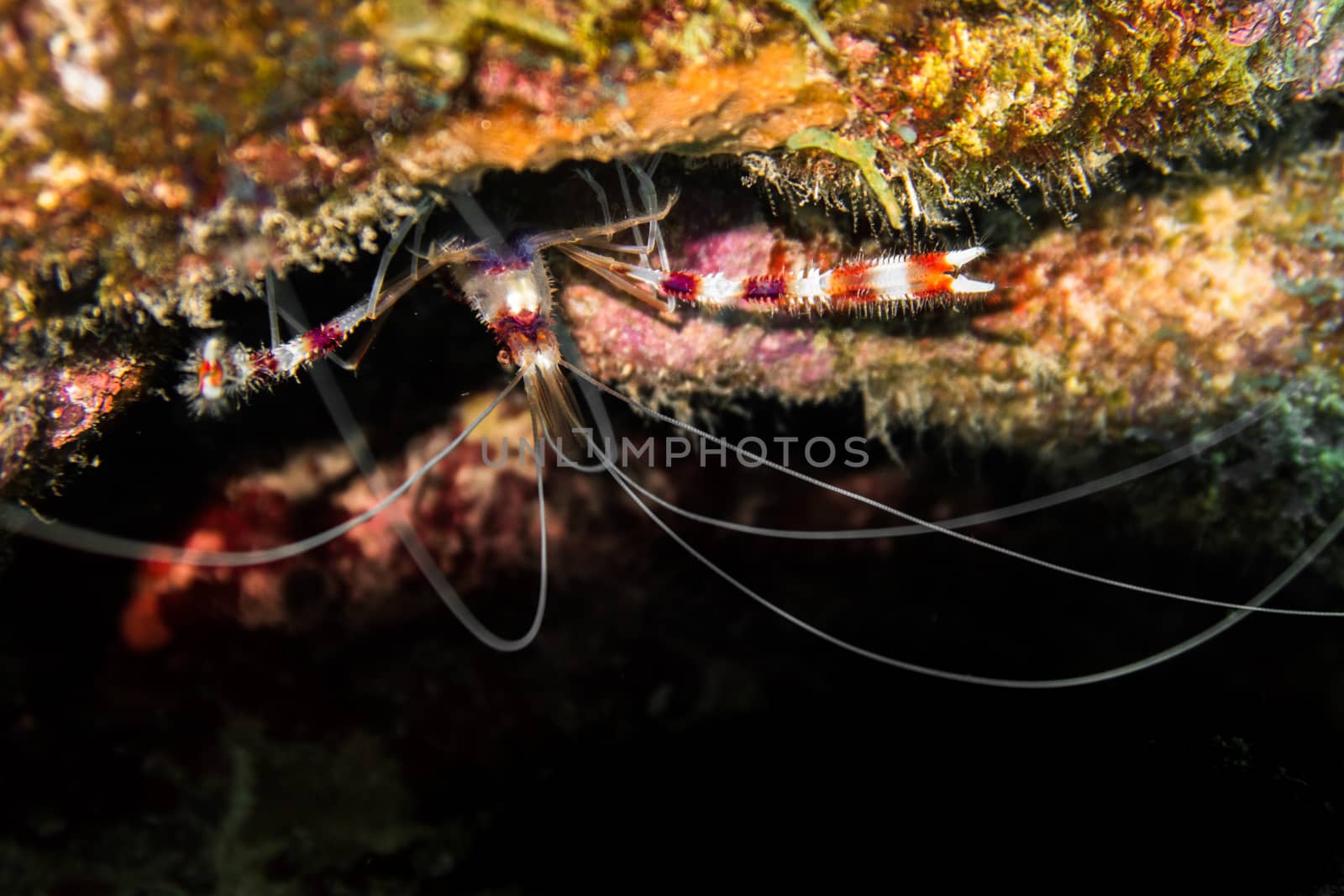
Banded coral shrimp hiding in reef crevasse
Stock PhotoUsername
fpalatickyResolution
5472x3648pxBanded coral shrimp hiding in reef crevasse


Close up of buck face
Stock PhotoUsername
fpalatickyResolution
5472x3648pxClose up of buck face
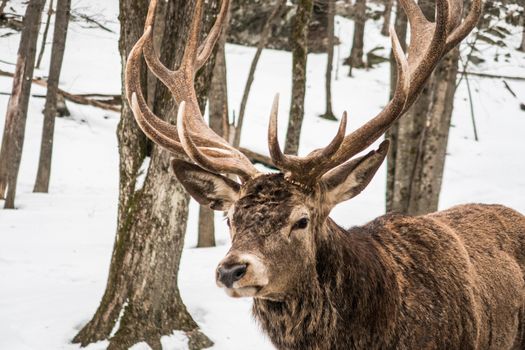
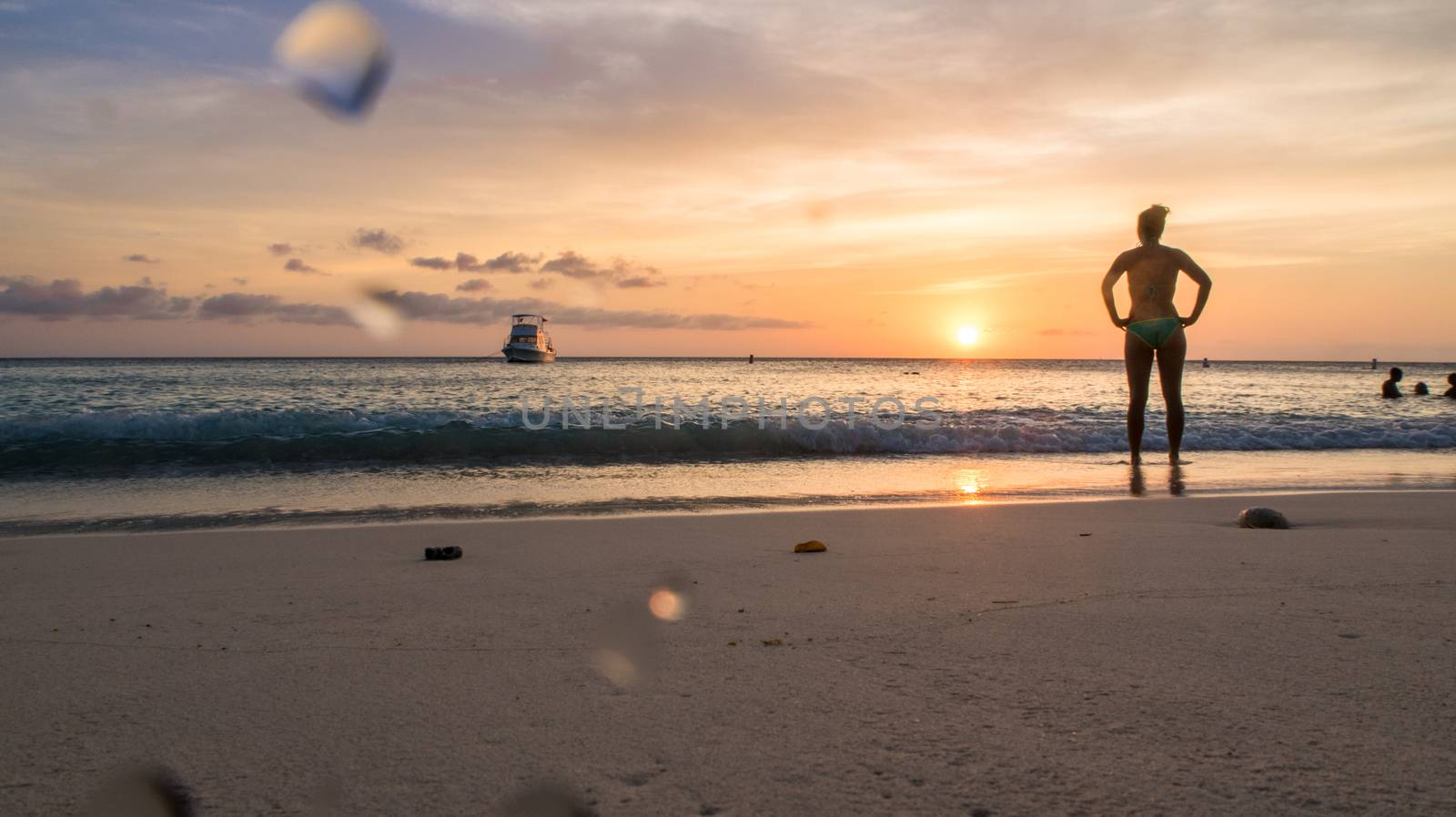
Women silhouette looking at sunset
Stock PhotoUsername
fpalatickyResolution
5419x3042pxWomen silhouette looking at sunset

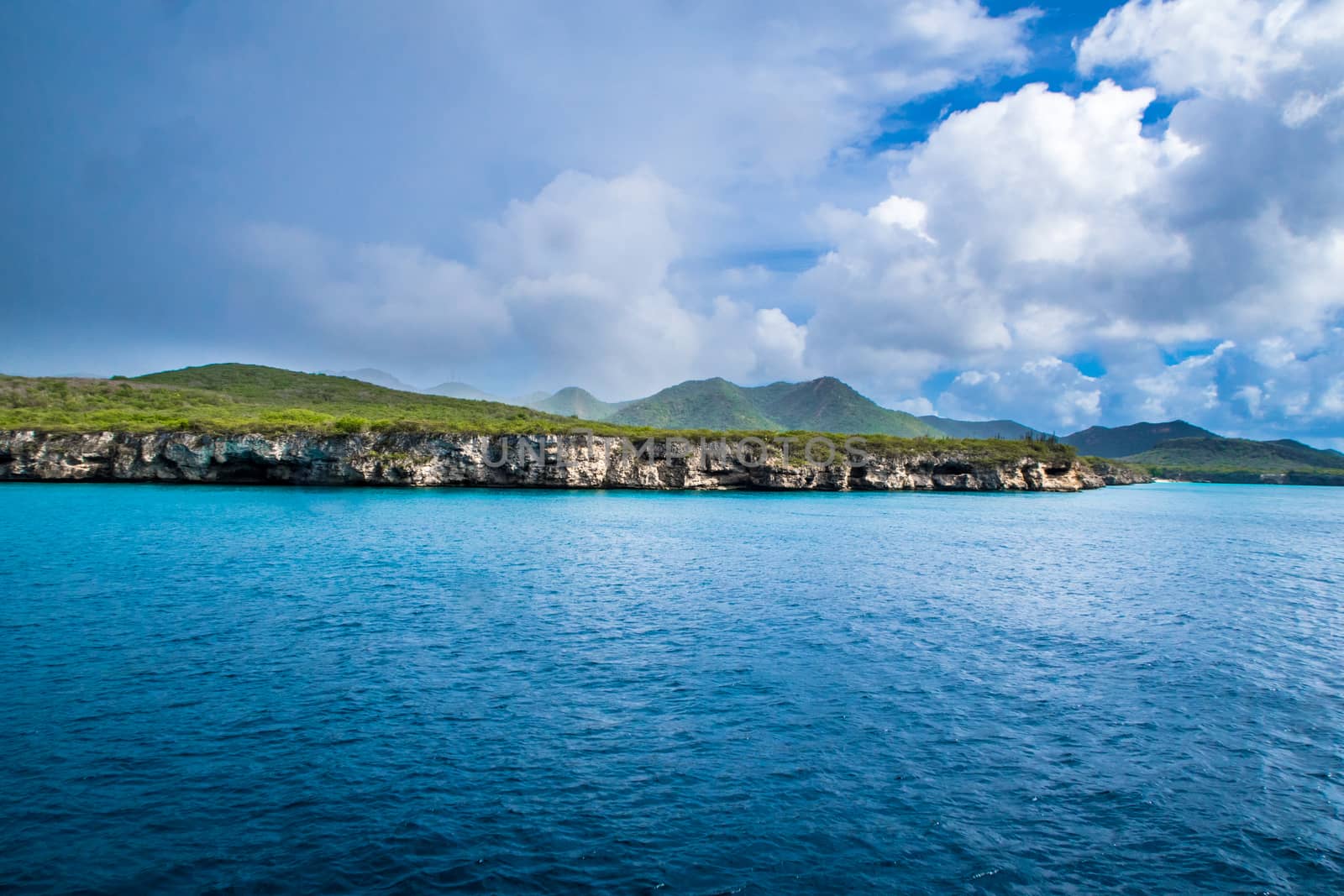
Stormy sky over island and ocean
Stock PhotoUsername
fpalatickyResolution
5400x3600pxStormy sky over island and ocean

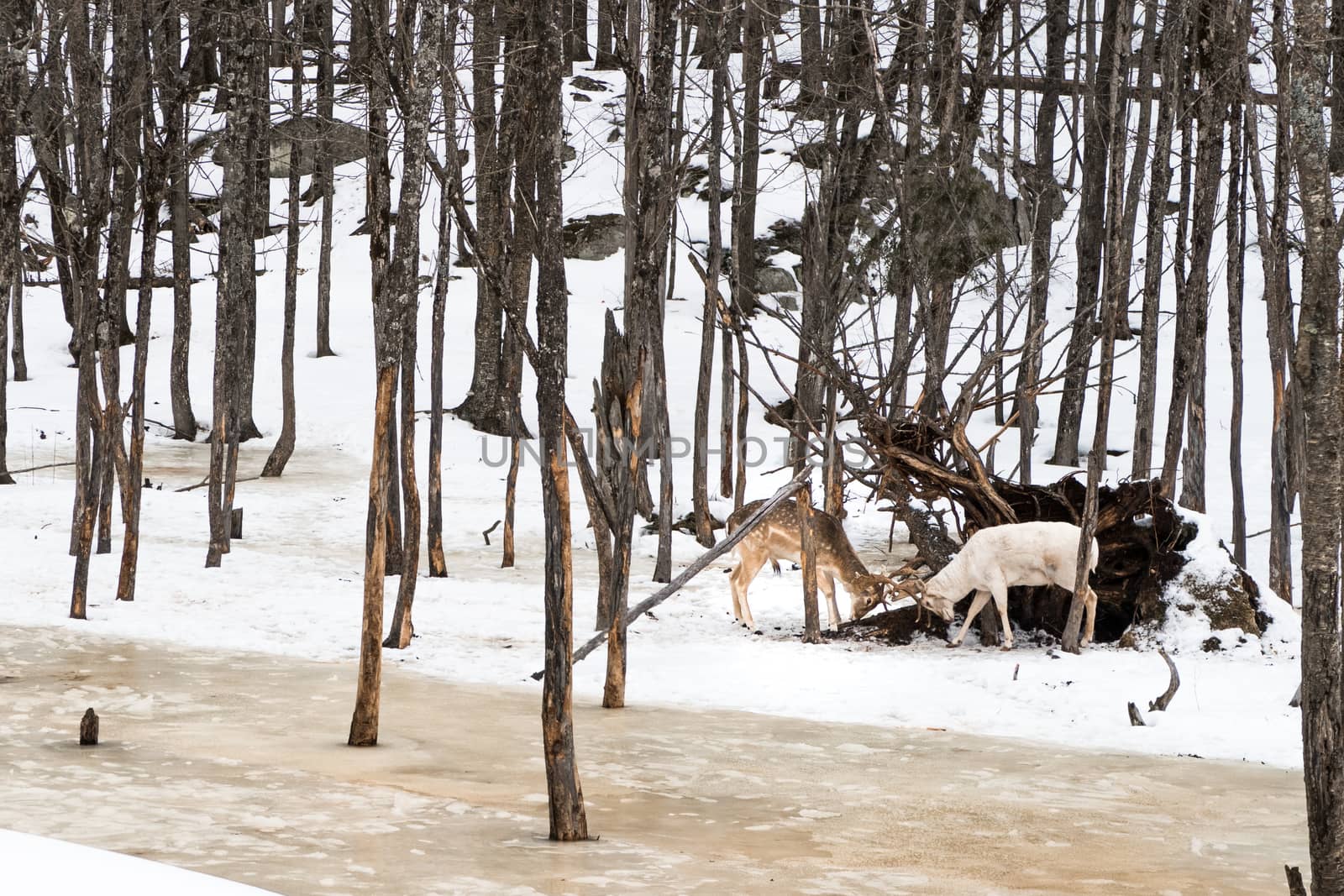
Deer fighting in forest
Stock PhotoUsername
fpalatickyResolution
4349x2899pxDeer fighting in forest

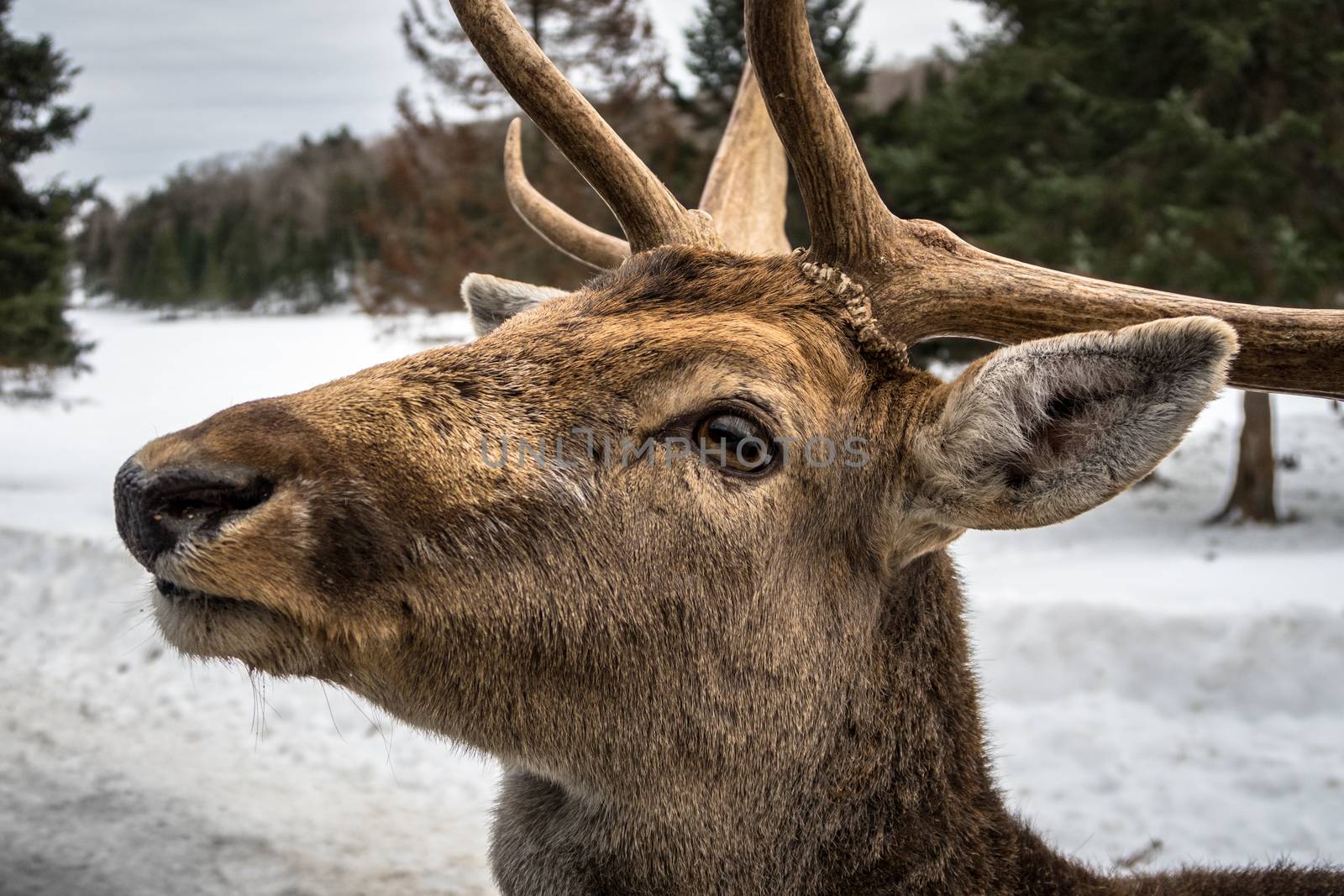
Deer face close up
Stock PhotoUsername
fpalatickyResolution
5472x3648pxDeer face close up

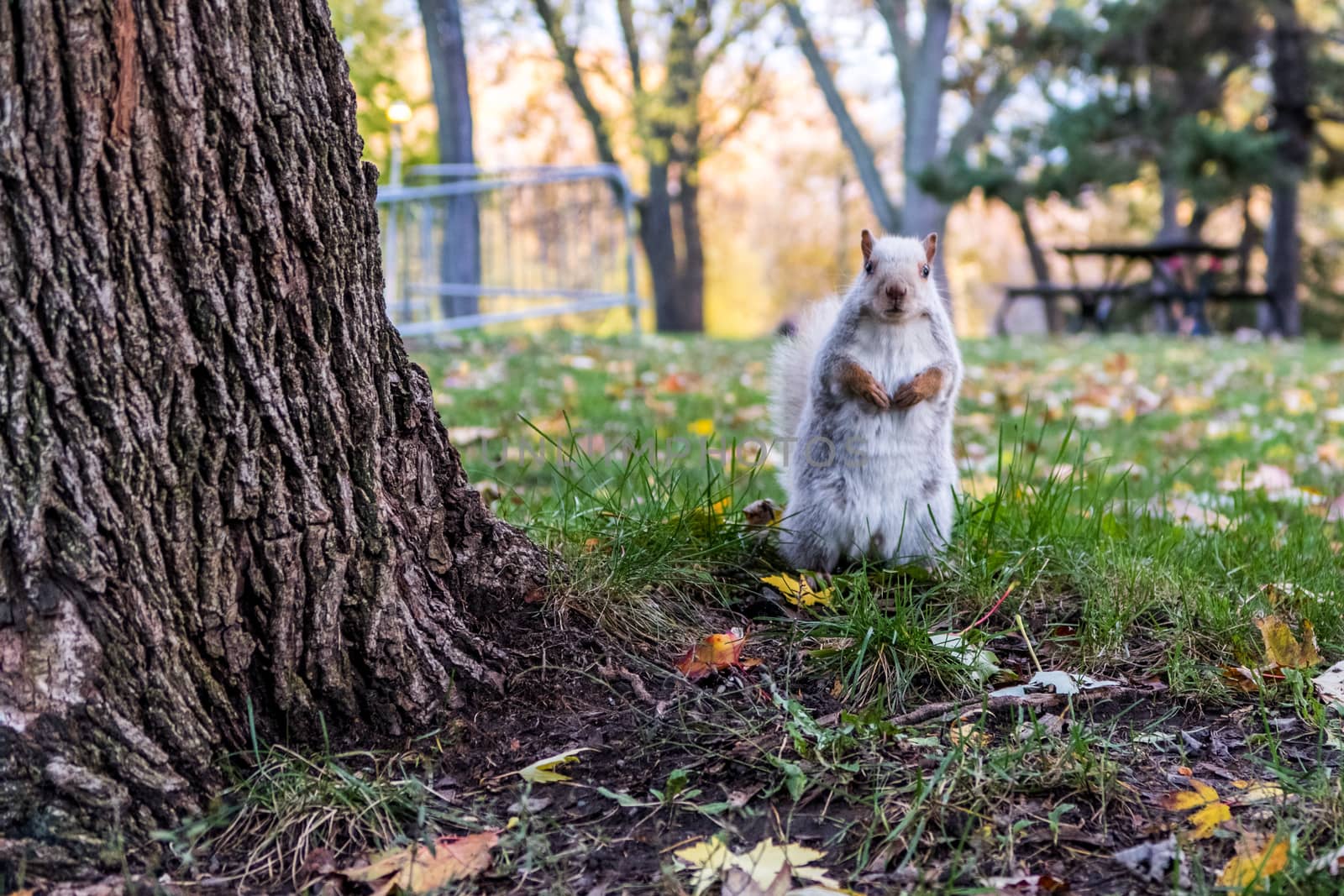
White squirrel in Montreal parc
Stock PhotoUsername
fpalatickyResolution
4267x2845pxWhite squirrel in Montreal parc

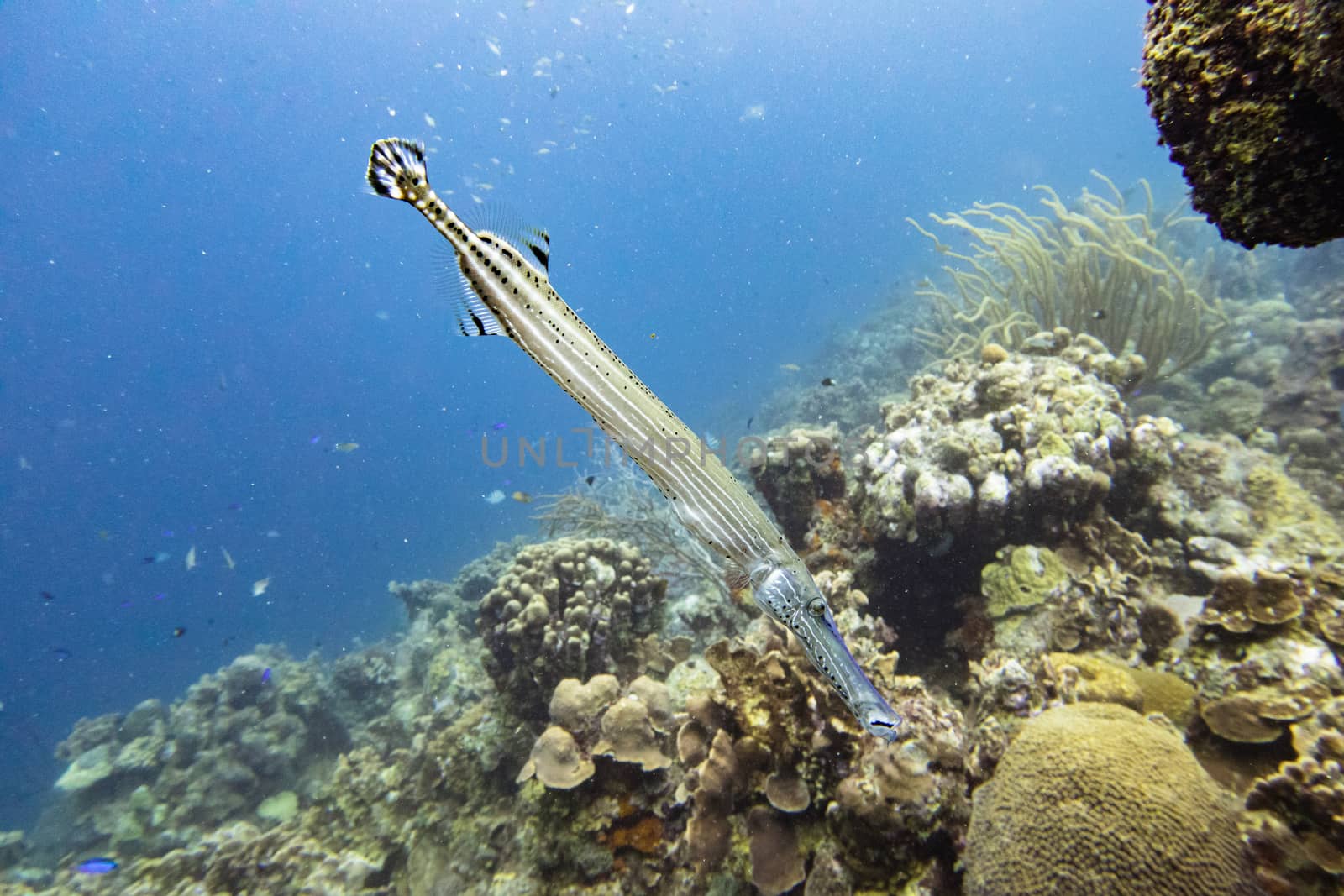
Trumpet fish close up
Stock PhotoUsername
fpalatickyResolution
5472x3648pxTrumpet fish close up


Virgin mary statue facing the light
Stock PhotoUsername
fpalatickyResolution
5457x3046pxVirgin mary statue facing the light


Streamlined turtle swimming in blue sea
Stock PhotoUsername
fpalatickyResolution
5472x3039pxStreamlined turtle swimming in blue sea
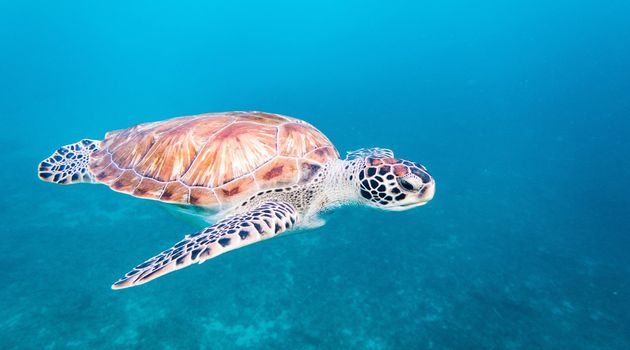

Sunrise in countryside with tree silhouette
Stock PhotoUsername
fpalatickyResolution
5456x3320pxSunrise in countryside with tree silhouette

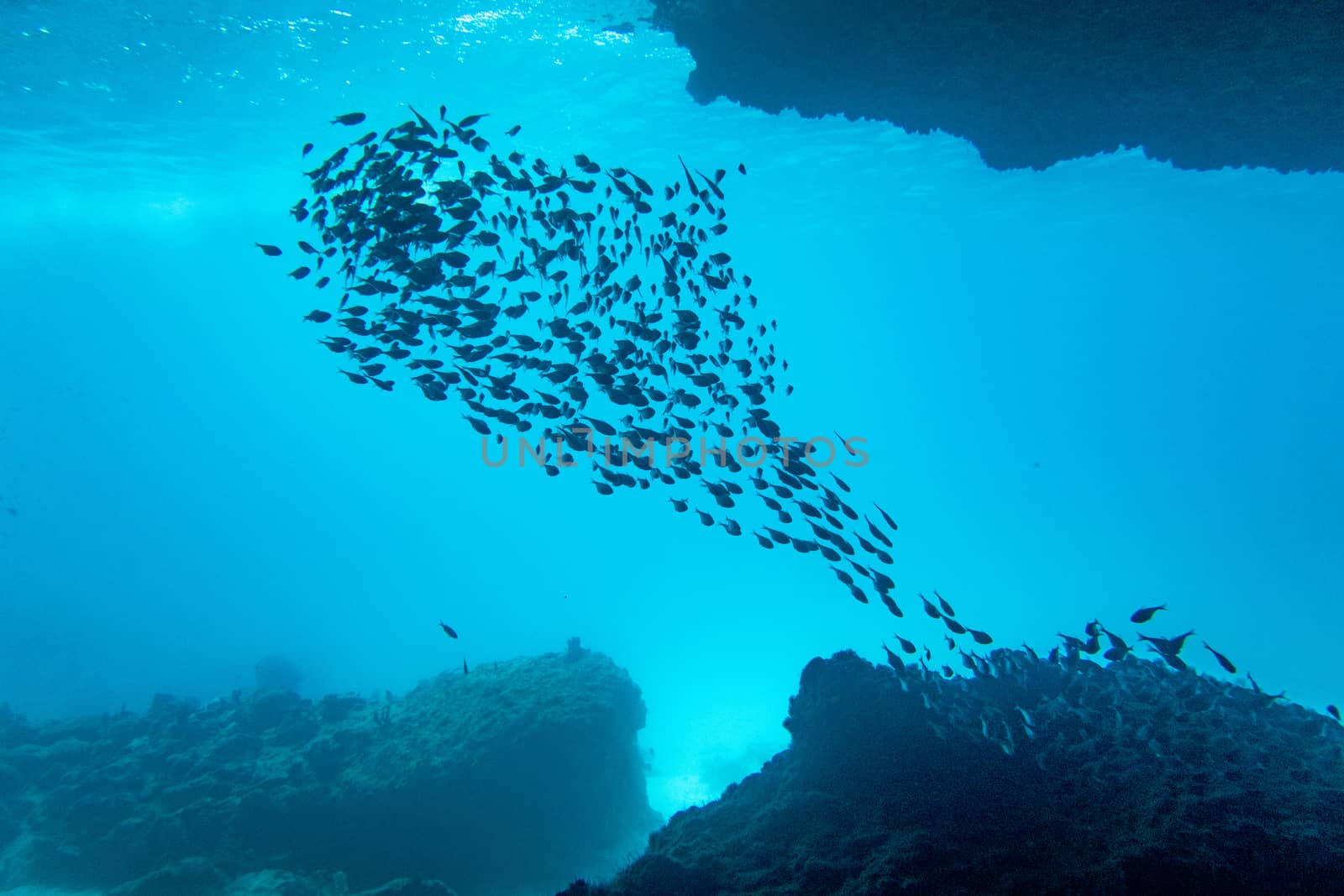
Glassy sweeper fish school at sea cave entrance
Stock PhotoUsername
fpalatickyResolution
5472x3648pxGlassy sweeper fish school at sea cave entrance


Panorama of winter mountain landscape
Stock PhotoUsername
fpalatickyResolution
13265x3042pxPanorama of winter mountain landscape


Pine trees cover with snow
Stock PhotoUsername
fpalatickyResolution
5449x3633pxPine trees cover with snow


Sand texture underwater shaped by shallow waves
Stock PhotoUsername
fpalatickyResolution
4398x2435pxSand texture underwater shaped by shallow waves


Autumn tree framed by trunks
Stock PhotoUsername
fpalatickyResolution
5326x3551pxAutumn tree framed by trunks

